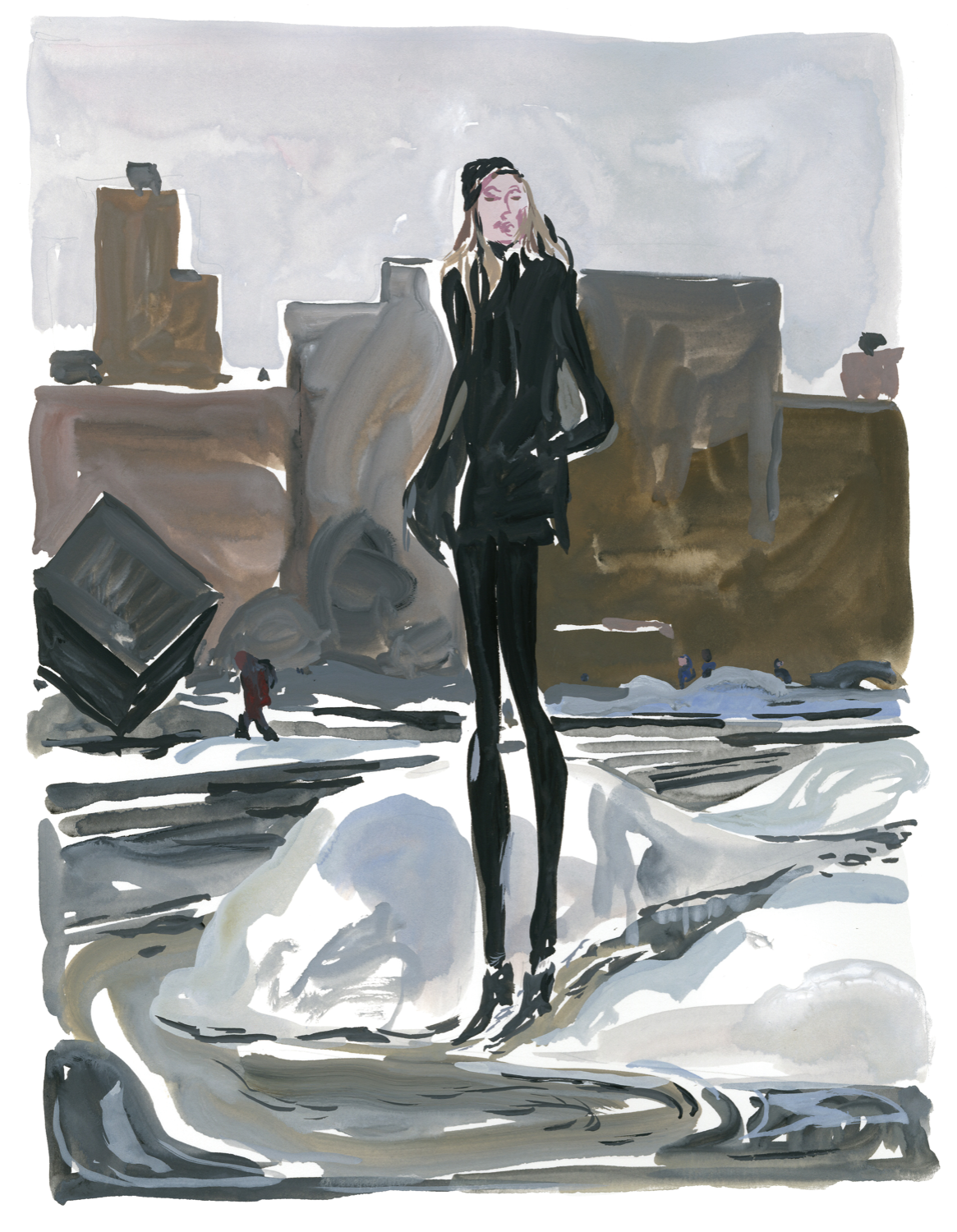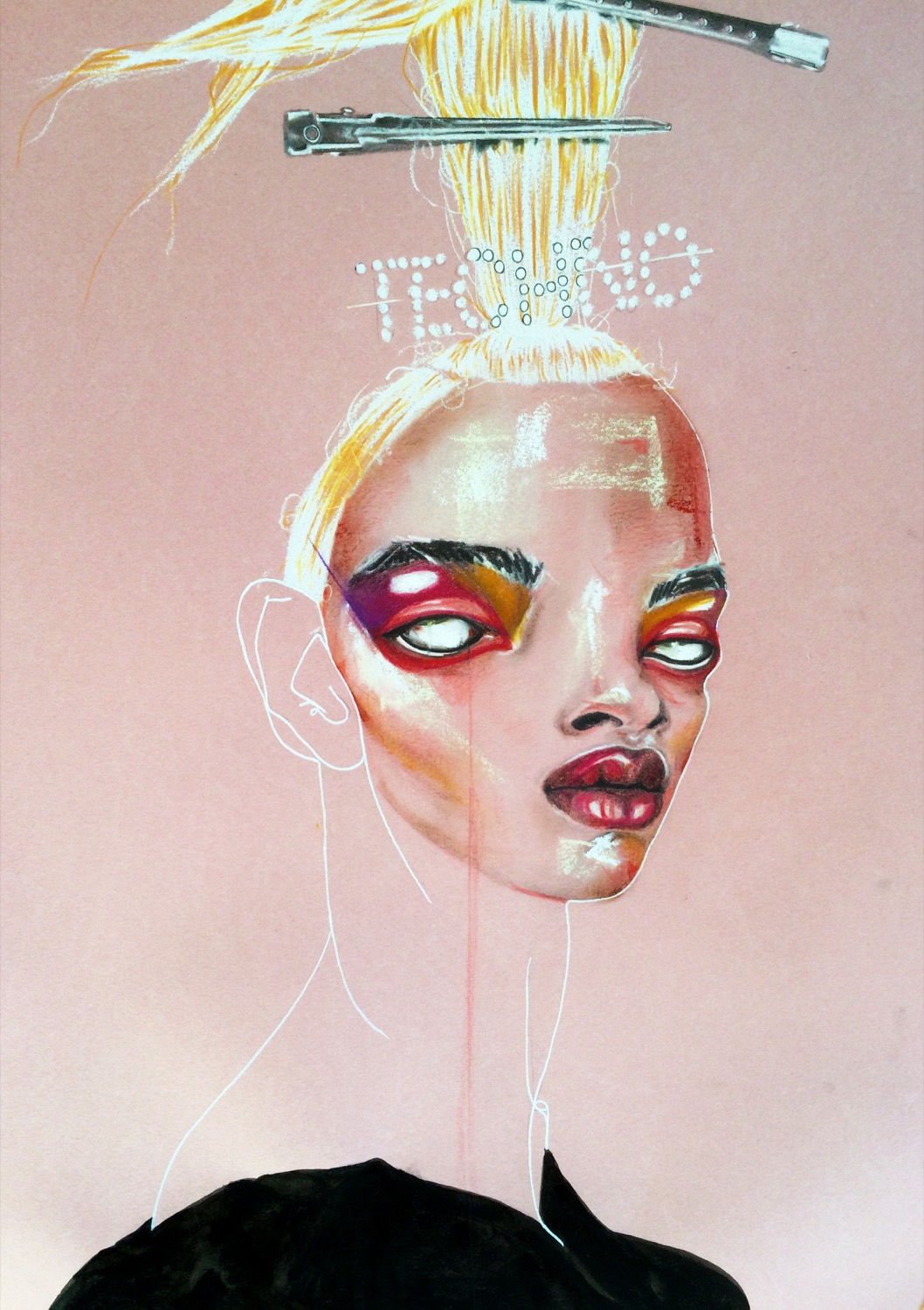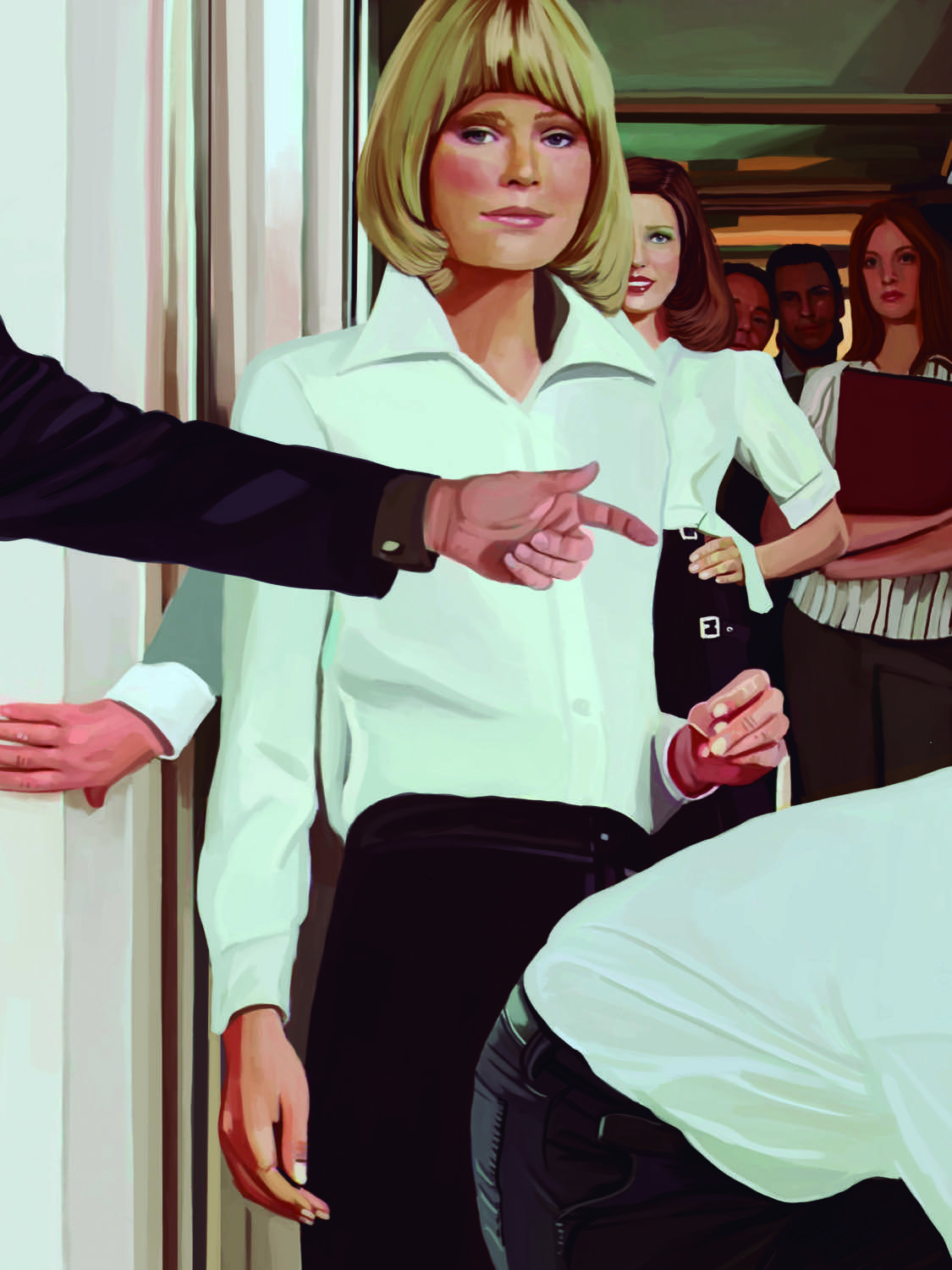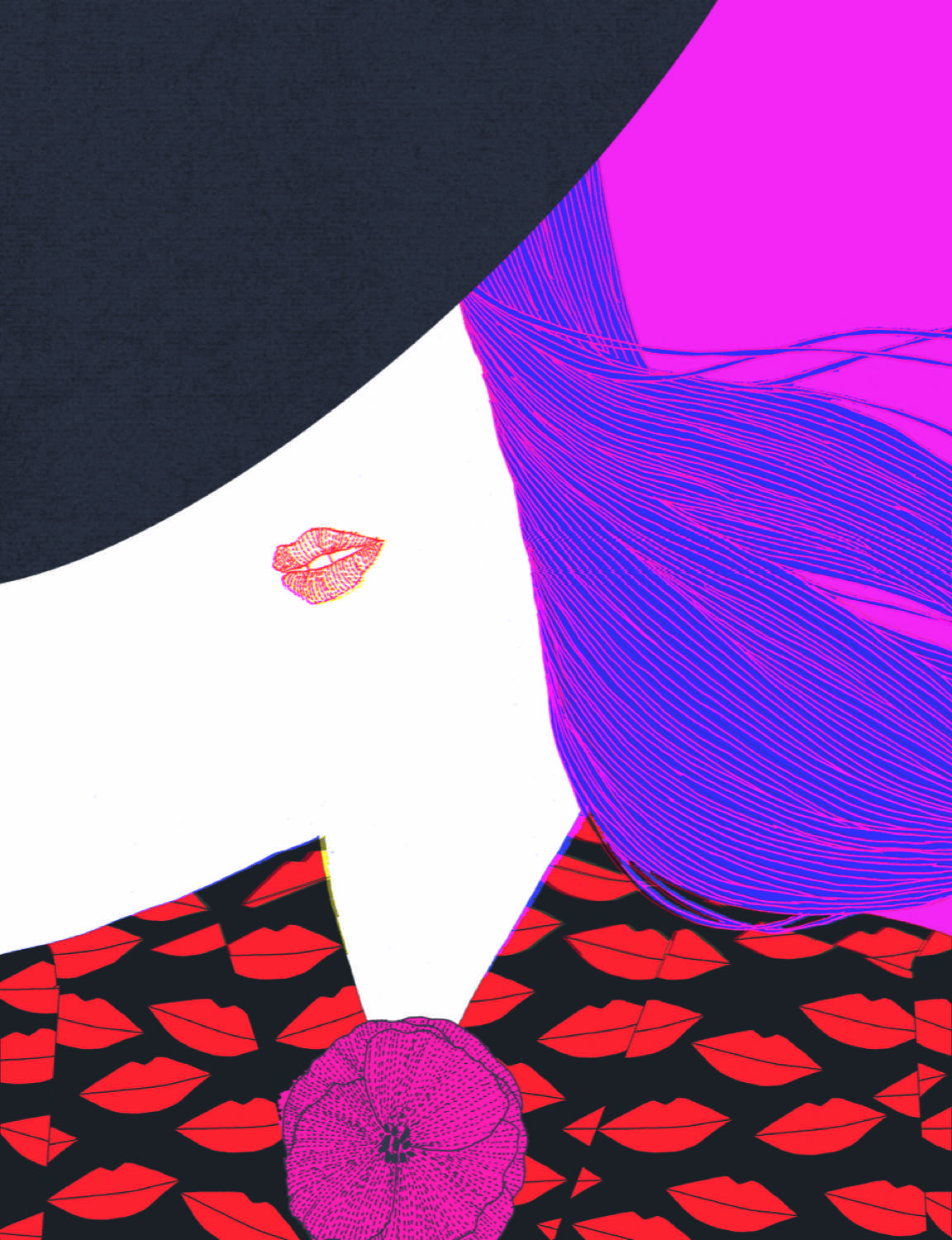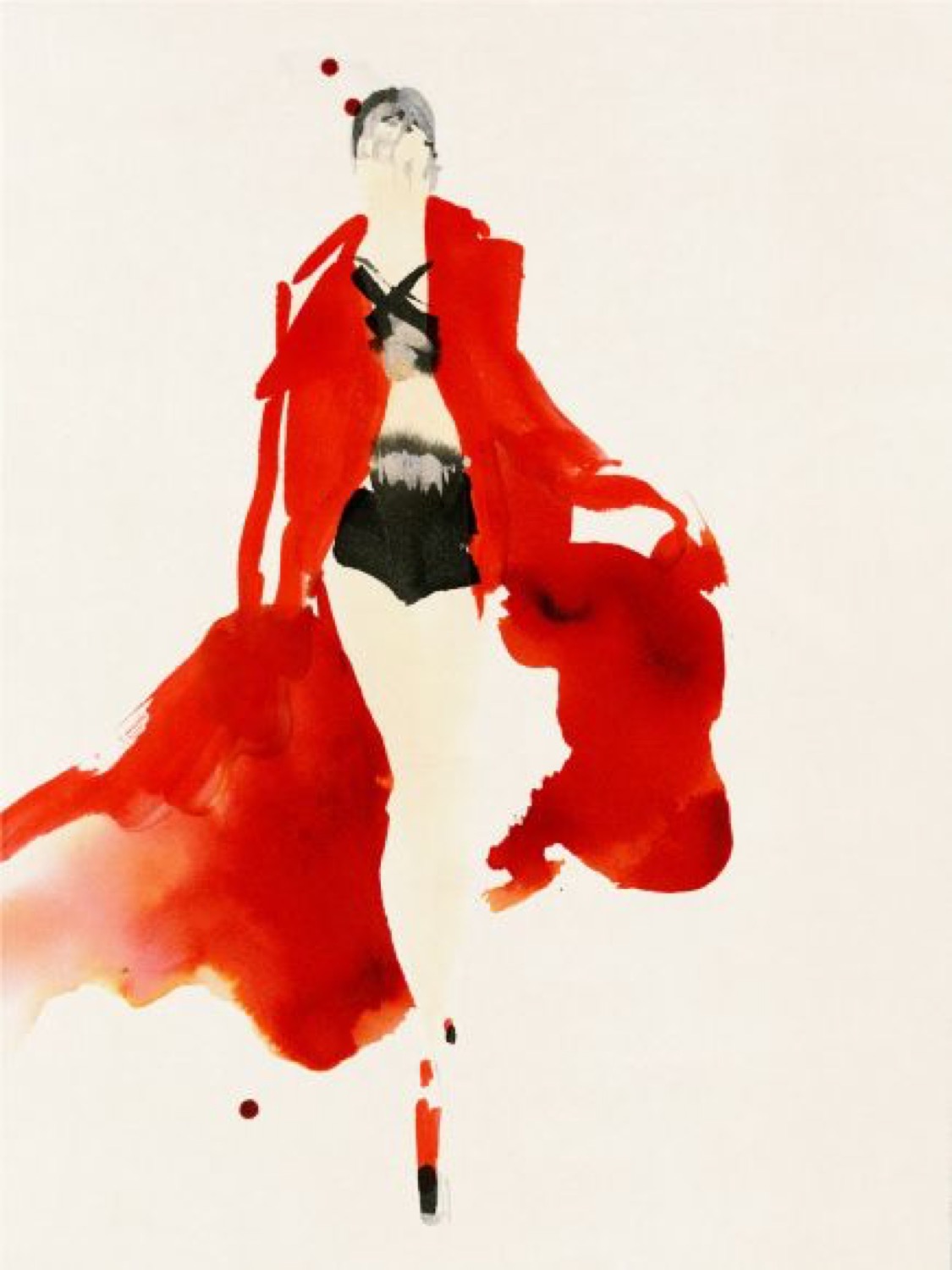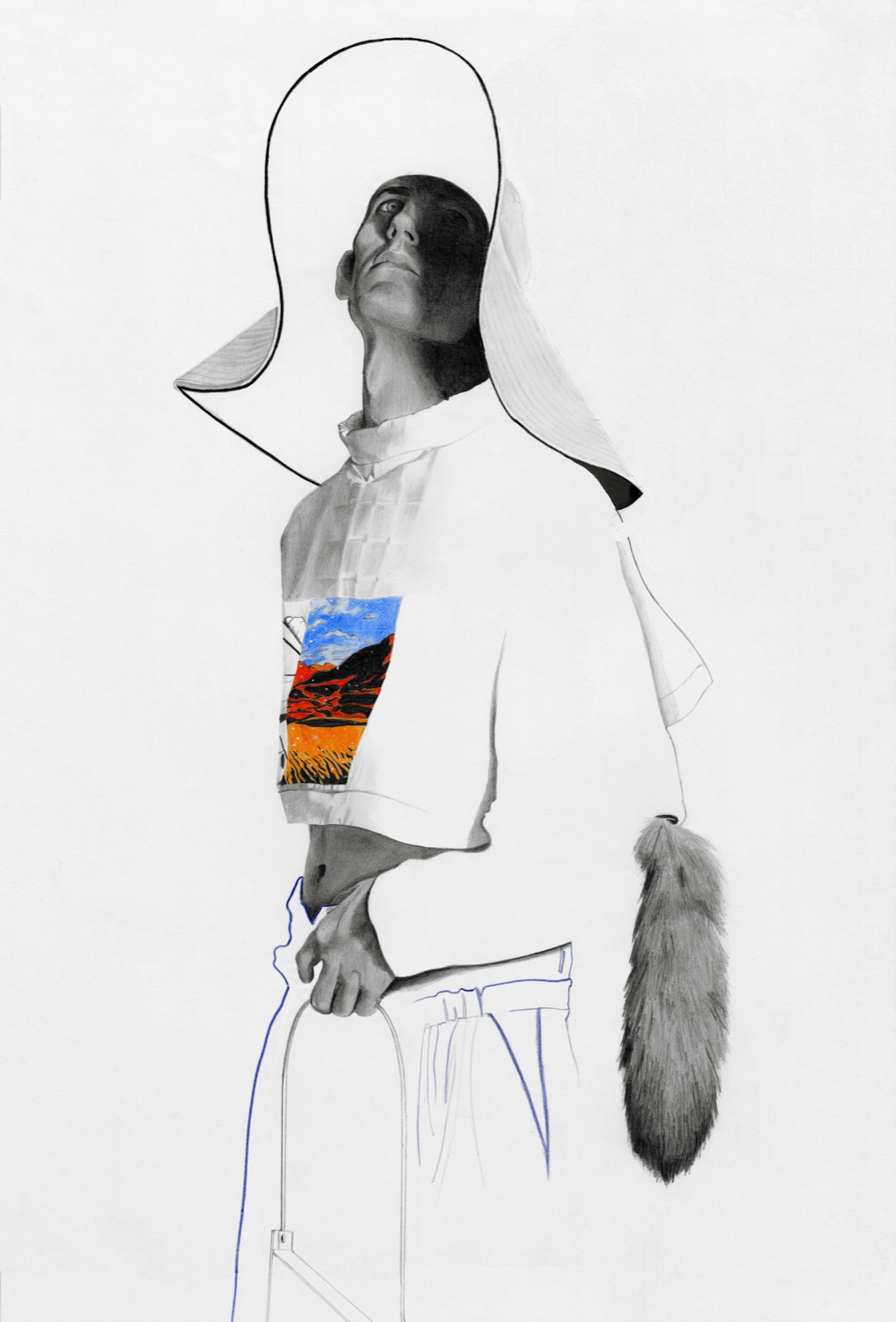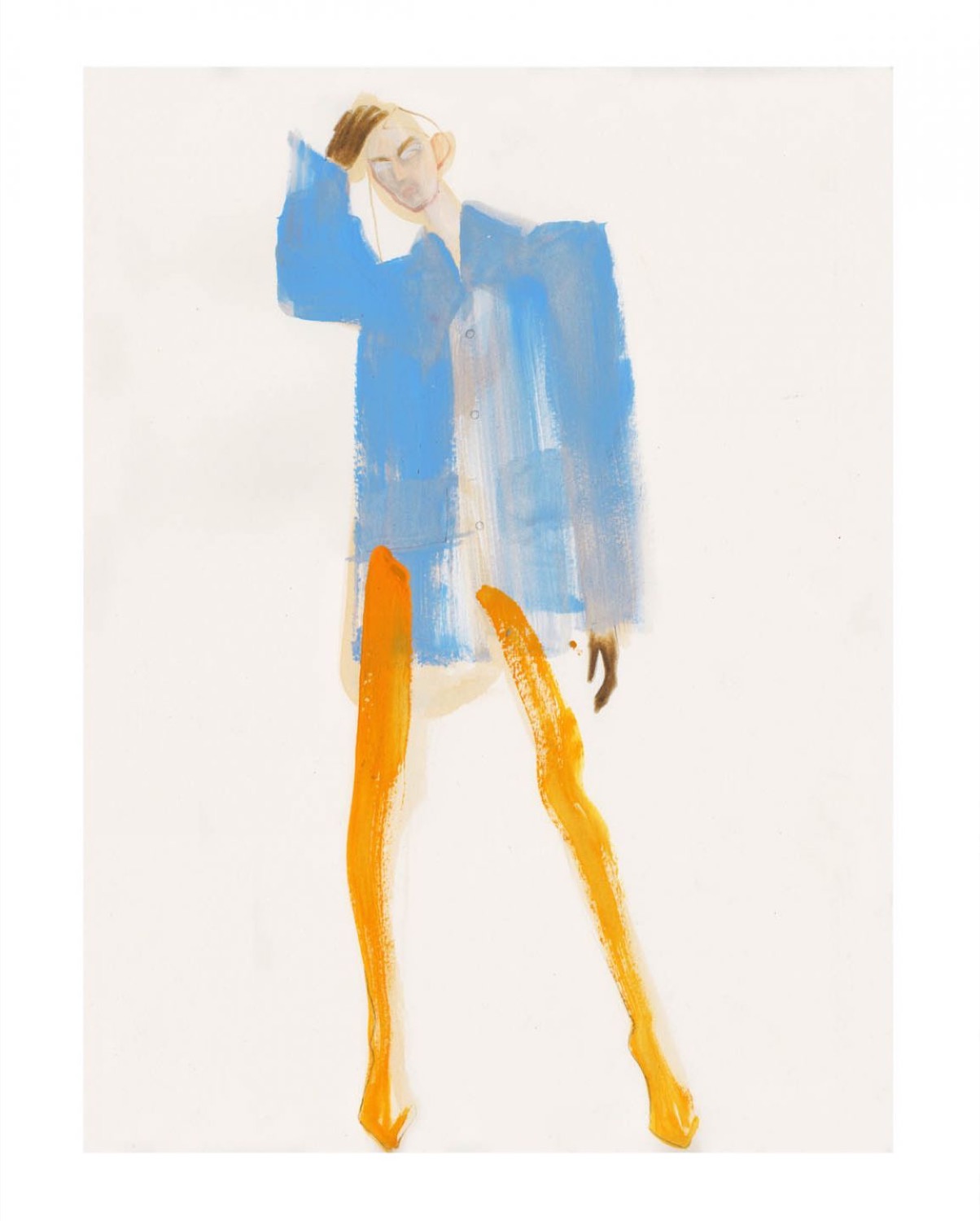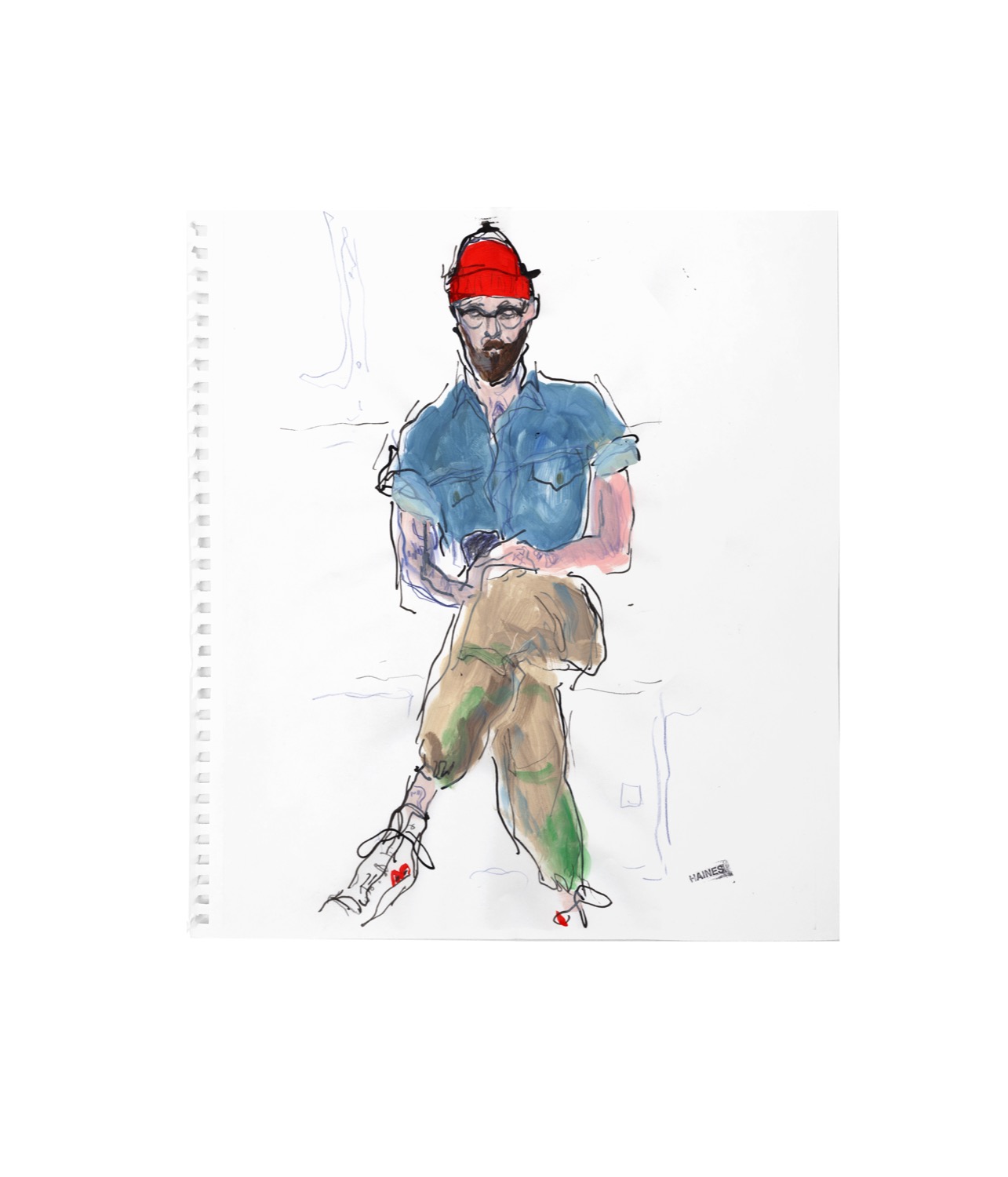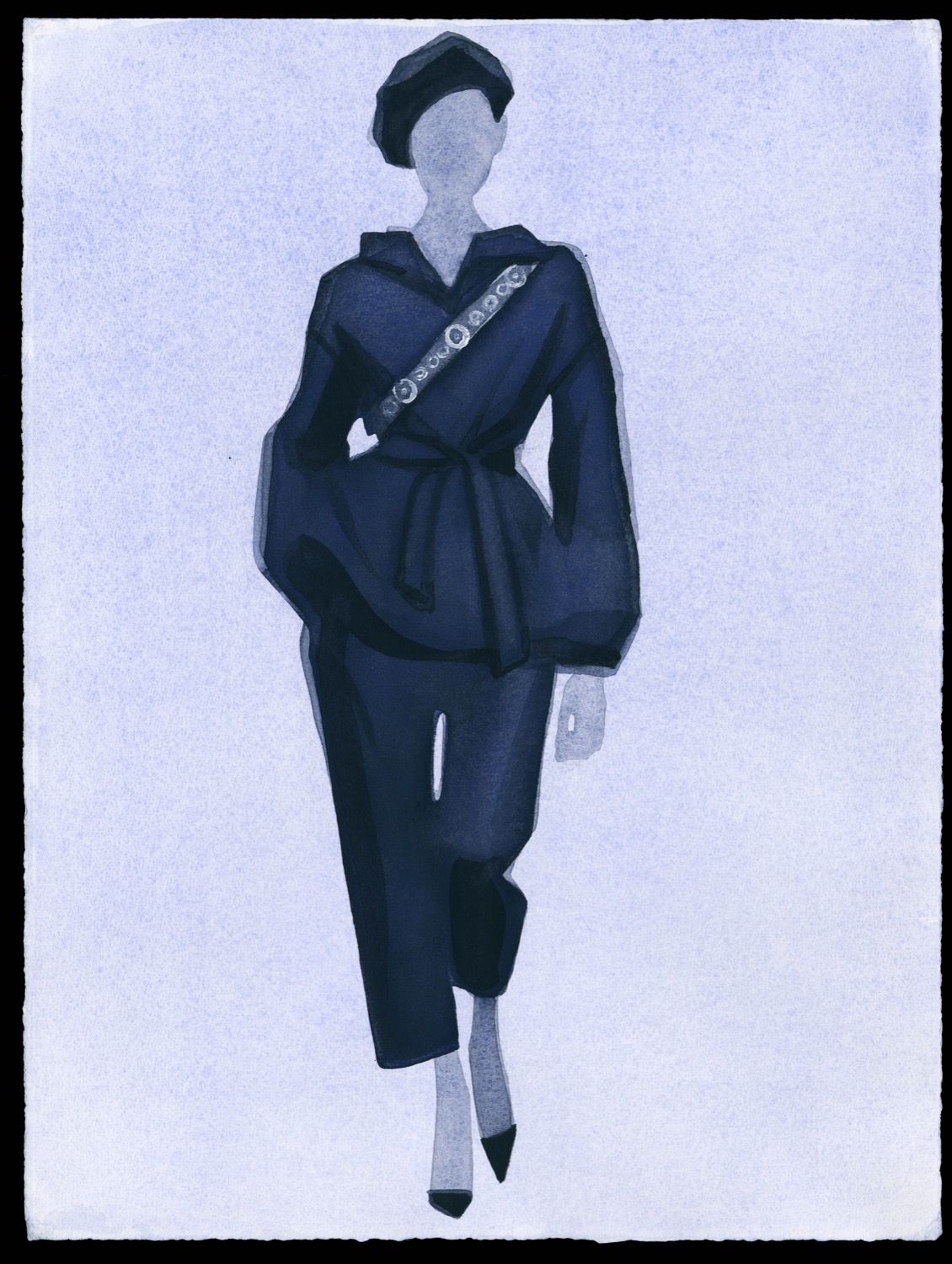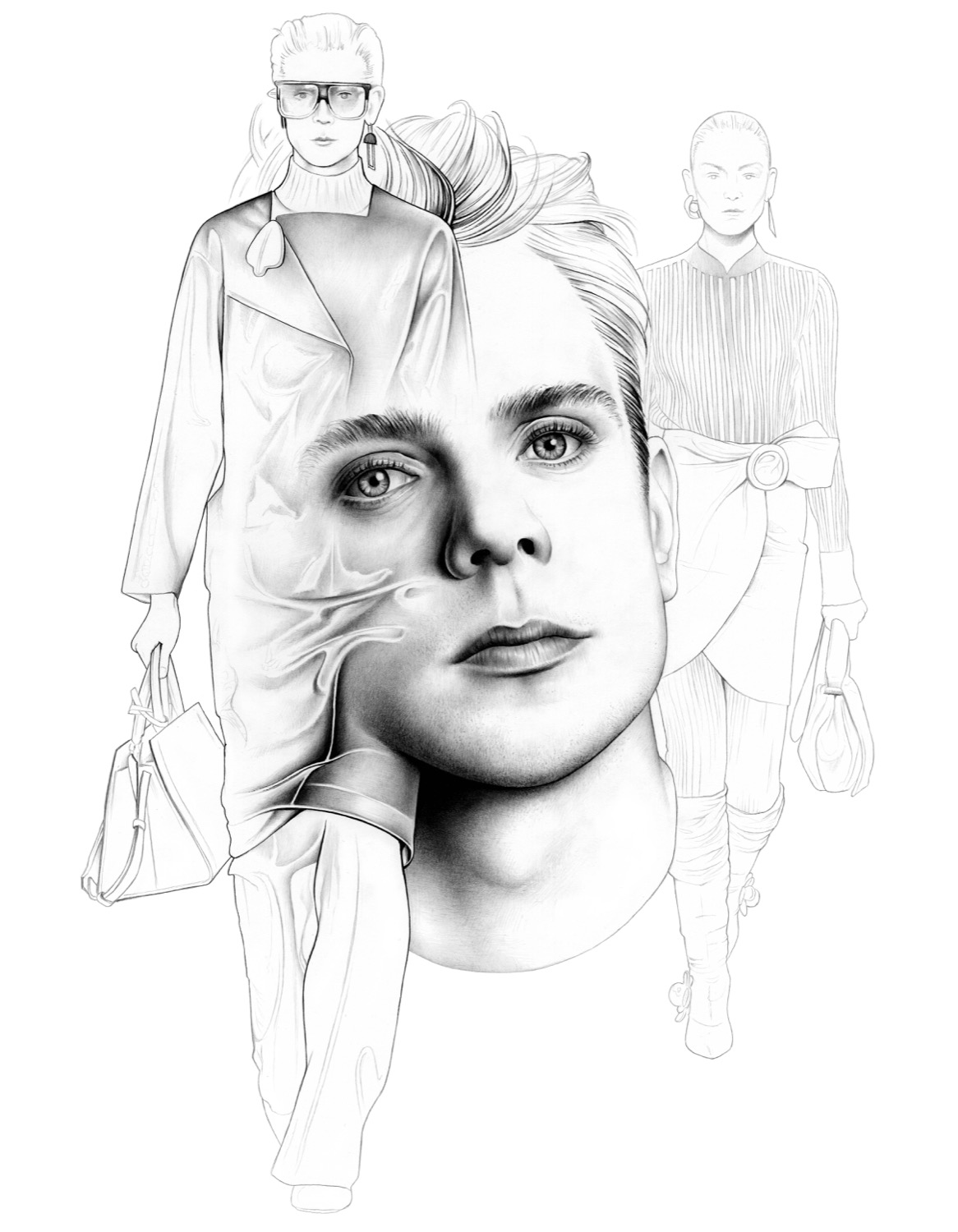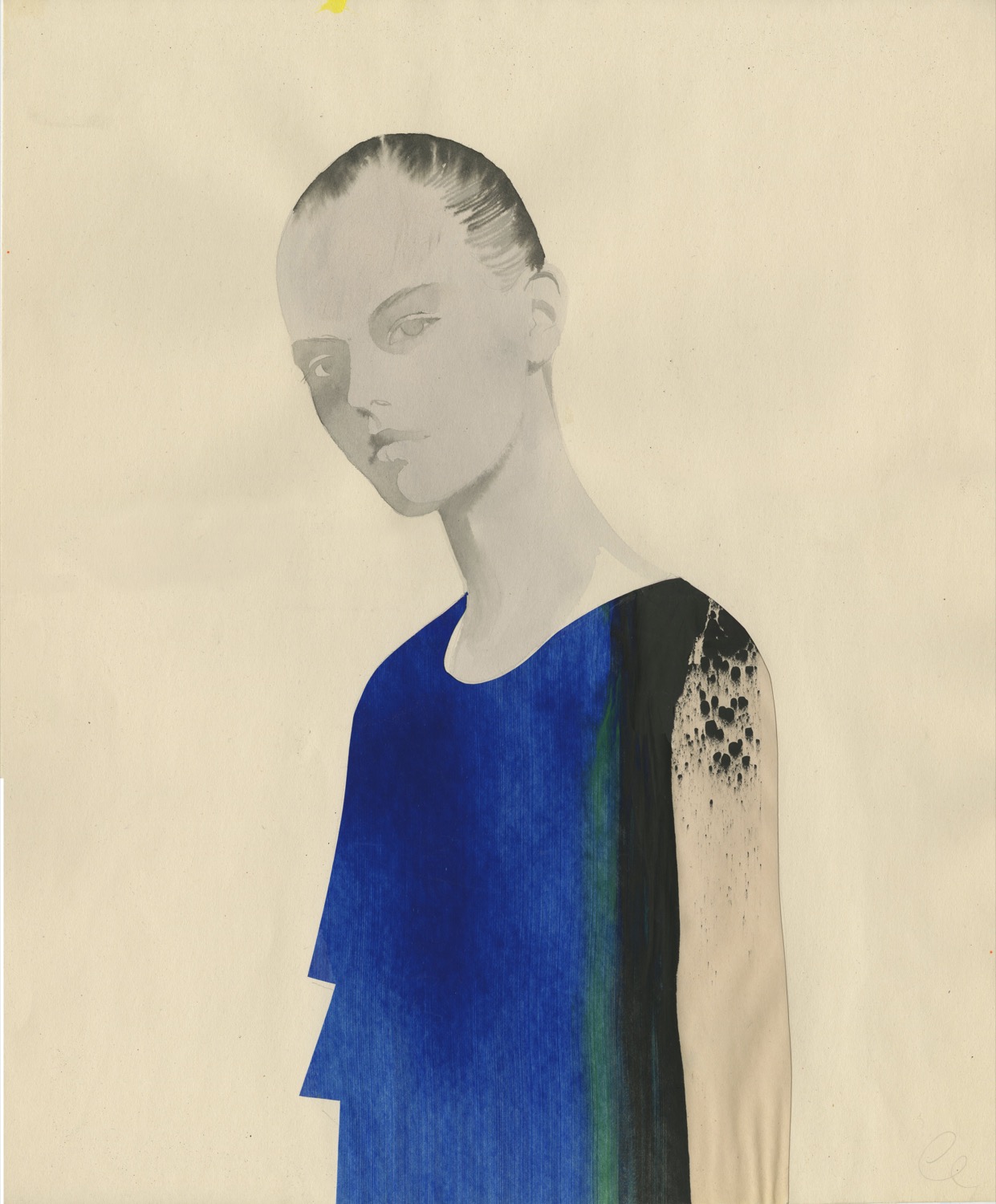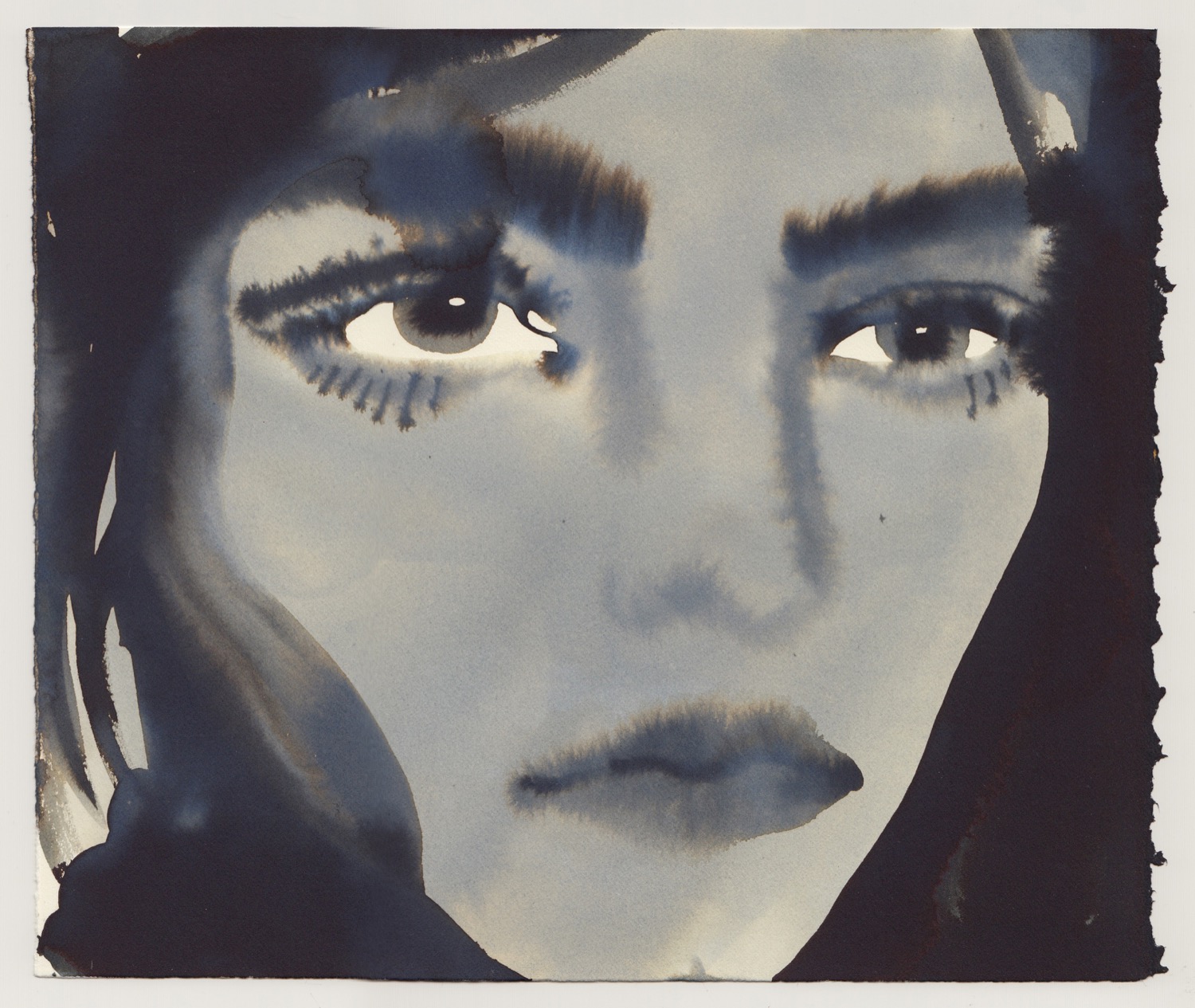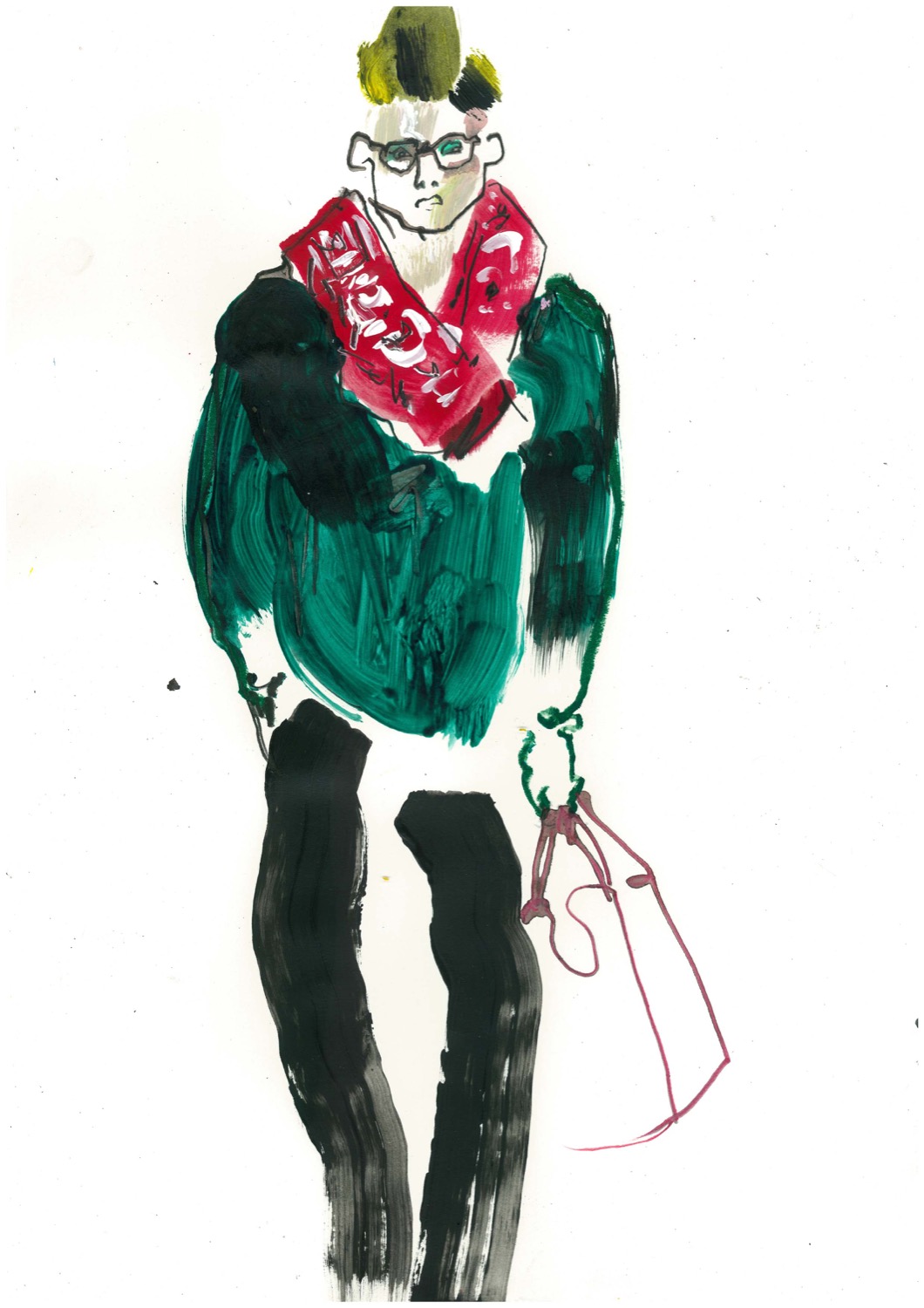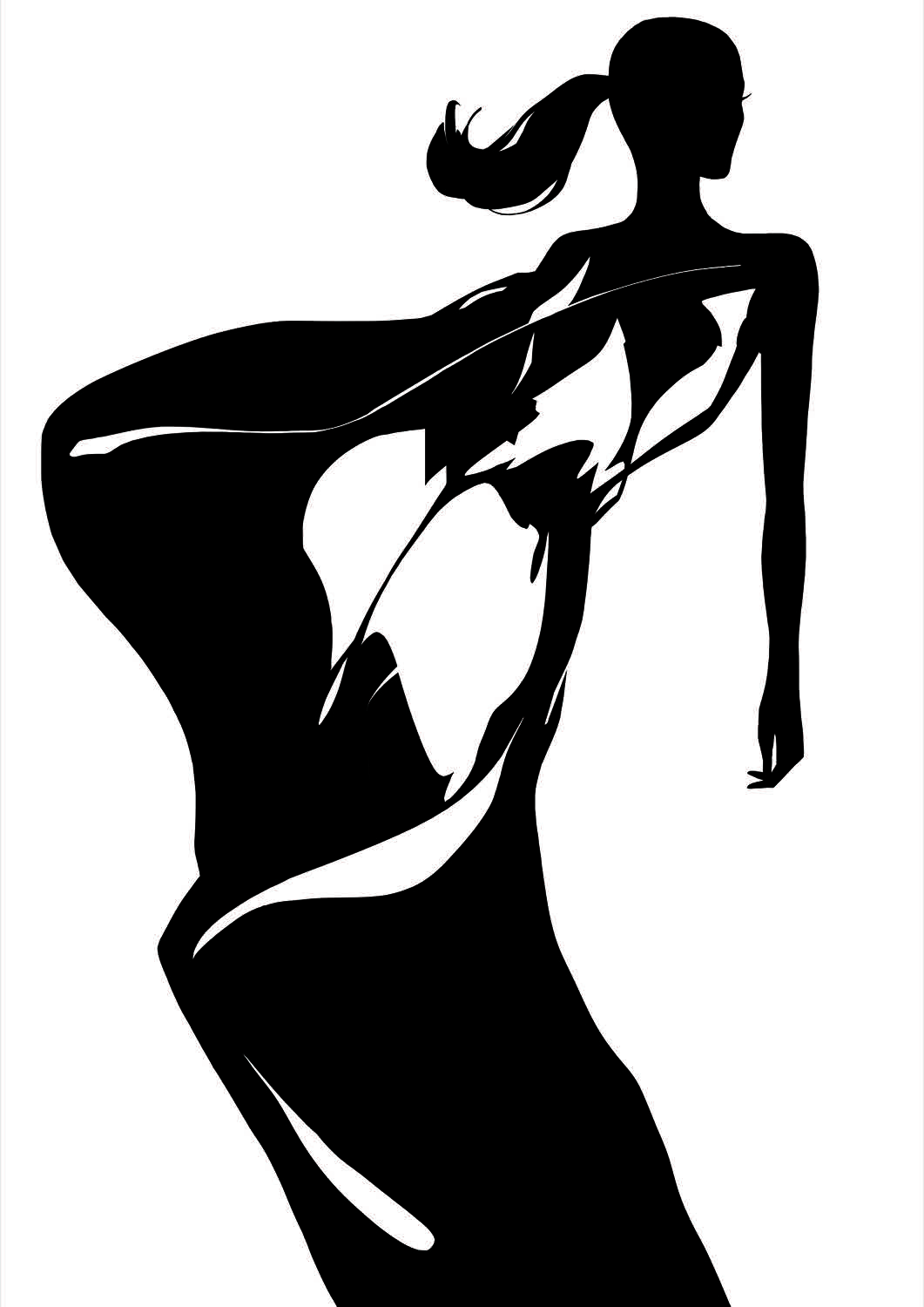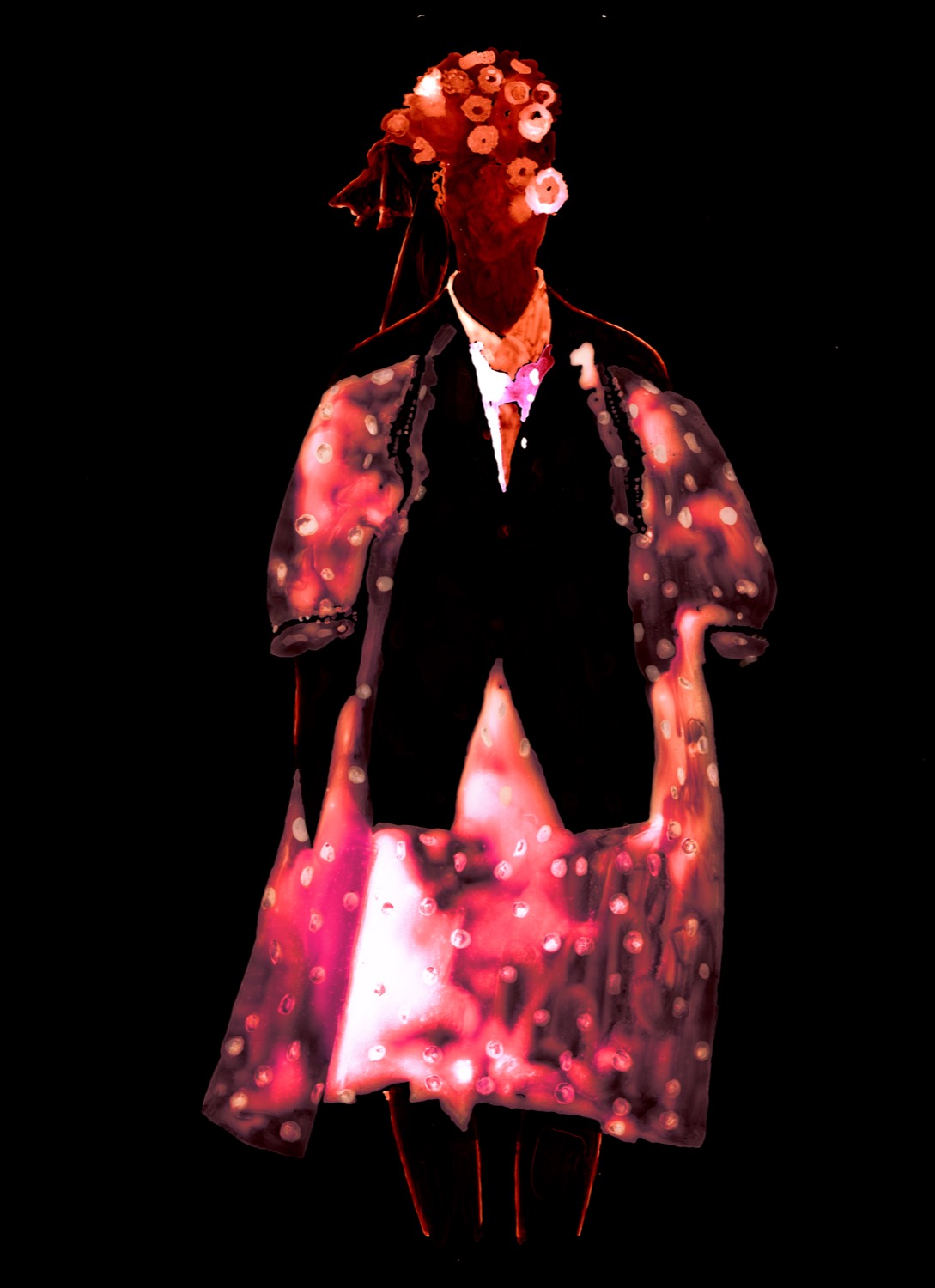(Español) Oriol Maspons, la fotografía útil
(Español) Gratacós en el 080: Colecciones SS20
Balenciaga and Spanish painting
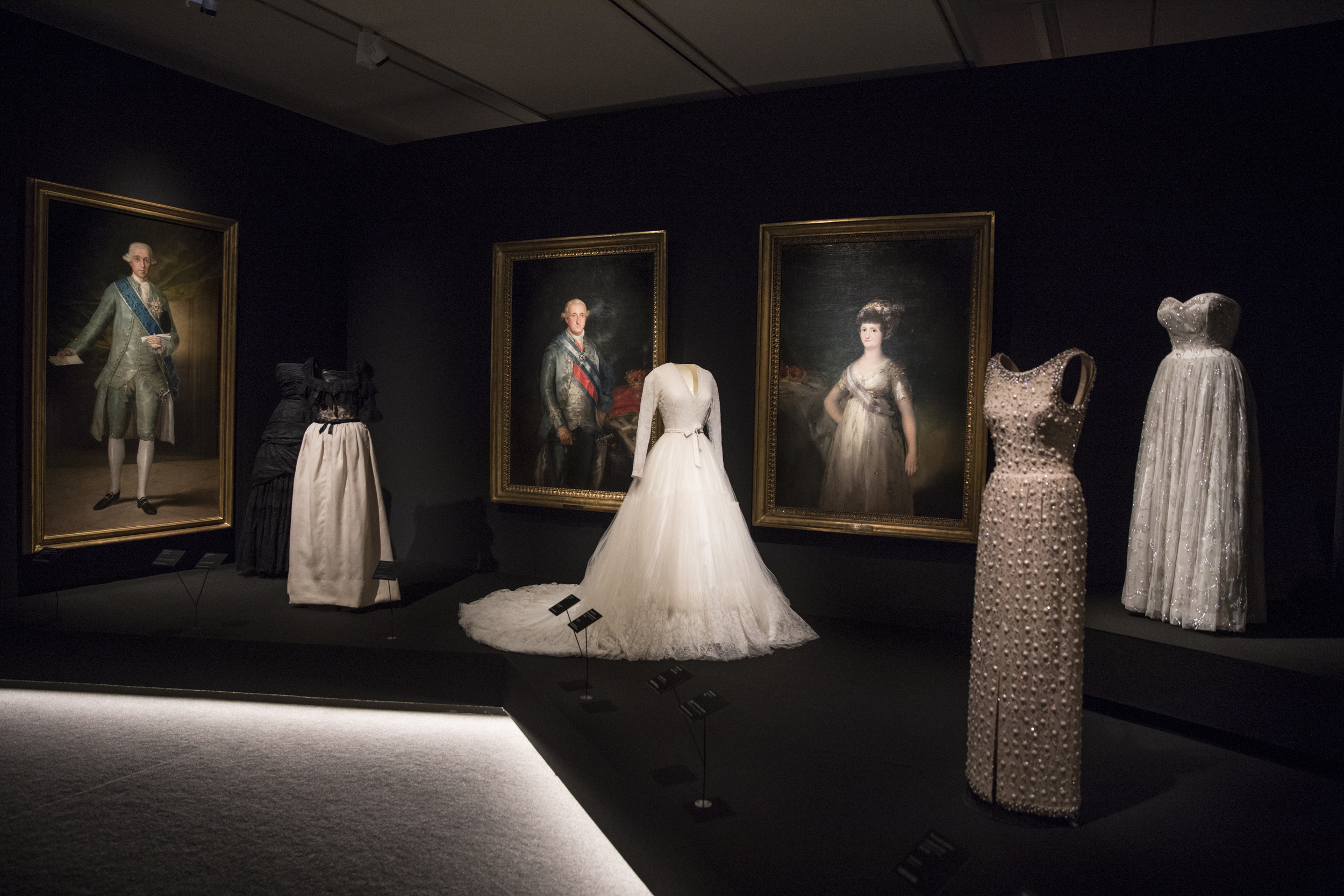
The Thyssen-Bornemisza National Museum has just inaugurated an exhibition that elegantly conveys the creation of Cristóbal Balenciaga with the tradition of Spanish painting from the 16th to the 20th centuries. It is an unusual show where the most admired and influential fashion designer of all time co-features with some of the paintings by great names in the history of Spanish art, one of his main sources of inspiration. This is how ambitious the exhibition ‘ Balenciaga and Spanish painting ‘ is .
The exhibition is curated by Eloy Martínez de la Pera, who has selected for the occasion a total of 90 valuable pieces of clothing, many of them exhibited for the first time and leased from the Balenciaga Museum of Guetaria, Madrid Costume Museum and Barcelona Design Museum, as well as national and international private collections. They are accompanied by the dresses , an exceptional set of 55 paintings, among which are works by El Greco, Velázquez, Murillo, Carreño de Miranda, Zurbarán, Goya, Madrazo and Zuloaga. Altogether it is a selection of paintings from private collections and national museums such as the Prado Museum or the Bilbao Museum of Fine Arts.
The tour of the rooms follows a chronological itinerary through the paintings, accompanied by the dresses linked to each style or to each painter. This creates connections based on conceptual elements, on forms and volumes, on chromatic complicities, which present a fascinating dialogue between fashion and painting, between the creativity of the great Basque designer and his sources of inspiration.
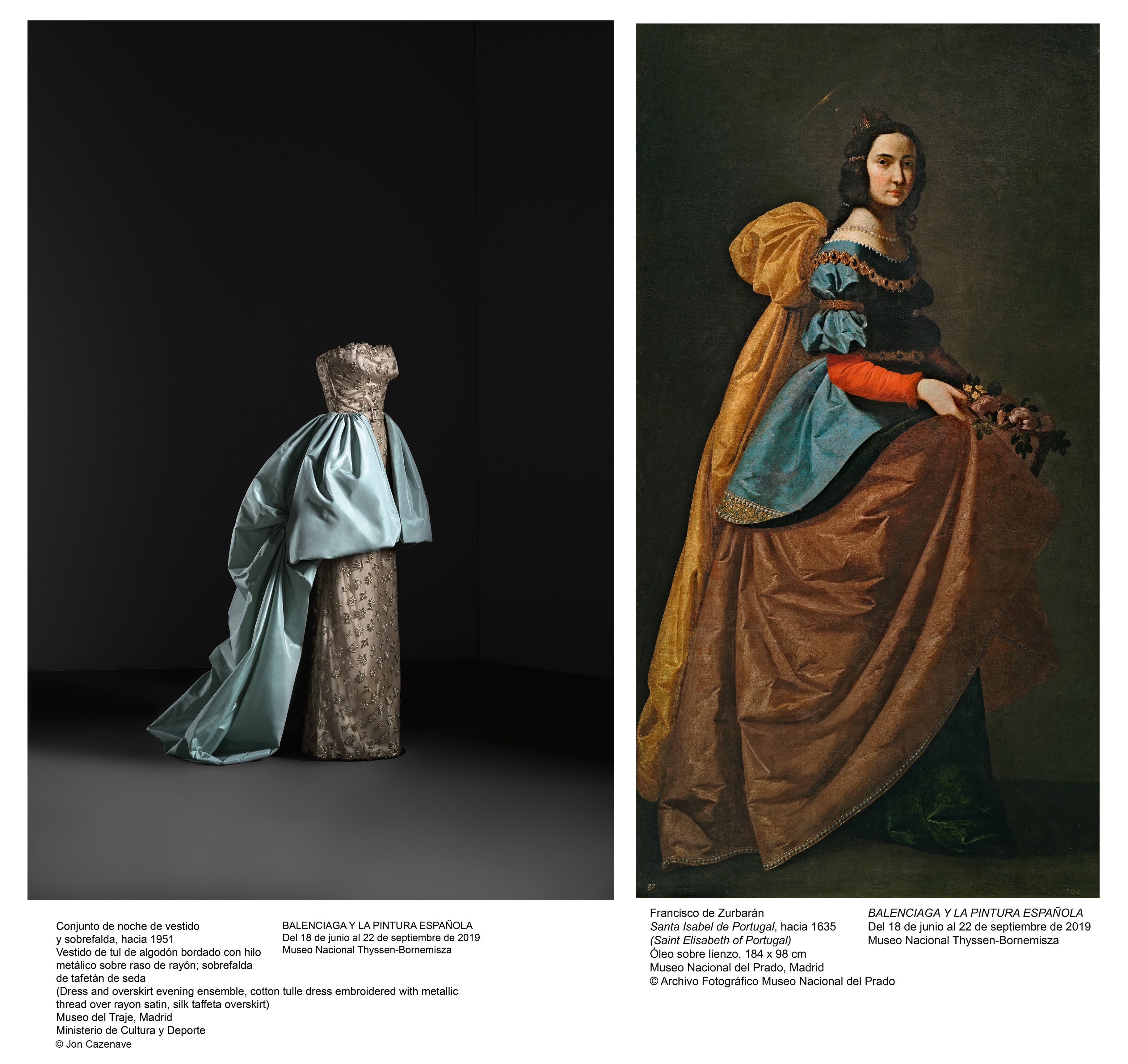
Balenciaga with Spanish art and culture
References to Spanish art and culture were always present in the work of Cristóbal Balenciag a. The simple and minimalist lines of religious habits or the architectural volume of these fabrics are a constant in many of his pieces. The air of a bata de cola of a flamenco dancer that is seen in the ruffles of some dresses or the flashes of a bullfighter’s suit of lights translated with mastery to the embroidered paillette of a bolero jacket , are some examples. Balenciaga continually reviewed the history of art and, with his strong personality and style, maintained those influences even in his most avant-garde period, recovering historical works and reinterpreting them in a modern way.
Cristóbal Balenciaga: “A good couturier must be an architect for the bosses, a sculptor for the form, a painter for the drawings, a musician for harmony and a philosopher for the measure”
Apart from following the chronological trajectory, the route of the exhibition allows us to review art from a different perspective, focusing on painters as creators and transmitters of fashion, and as masters in the representation of fabrics, textures, folds and volumes. Inevitably the exhibition in its entirety pays tribute to black, one of Balenciaga’s fetish colours, and for many of his great trade-marks such as barrel line, sem-tailored , balloon-skirts, tunic , sackdress or baby doll , which conclude at the end of the 60s in abstraction.
“Balenciaga and Spanish painting” is undoubtedly the most ambitious of exhibitions and represents the most complete presentation of this Spanish dressmaker since the first retrospective that was dedicated to him in 1973. The exhibition can be visited until September 22, 2019 at the Thyssen-Bornemisza National Museum in Madrid. The project has the collaboration of Herbert Smith, Freehills and Las Rozas Village .
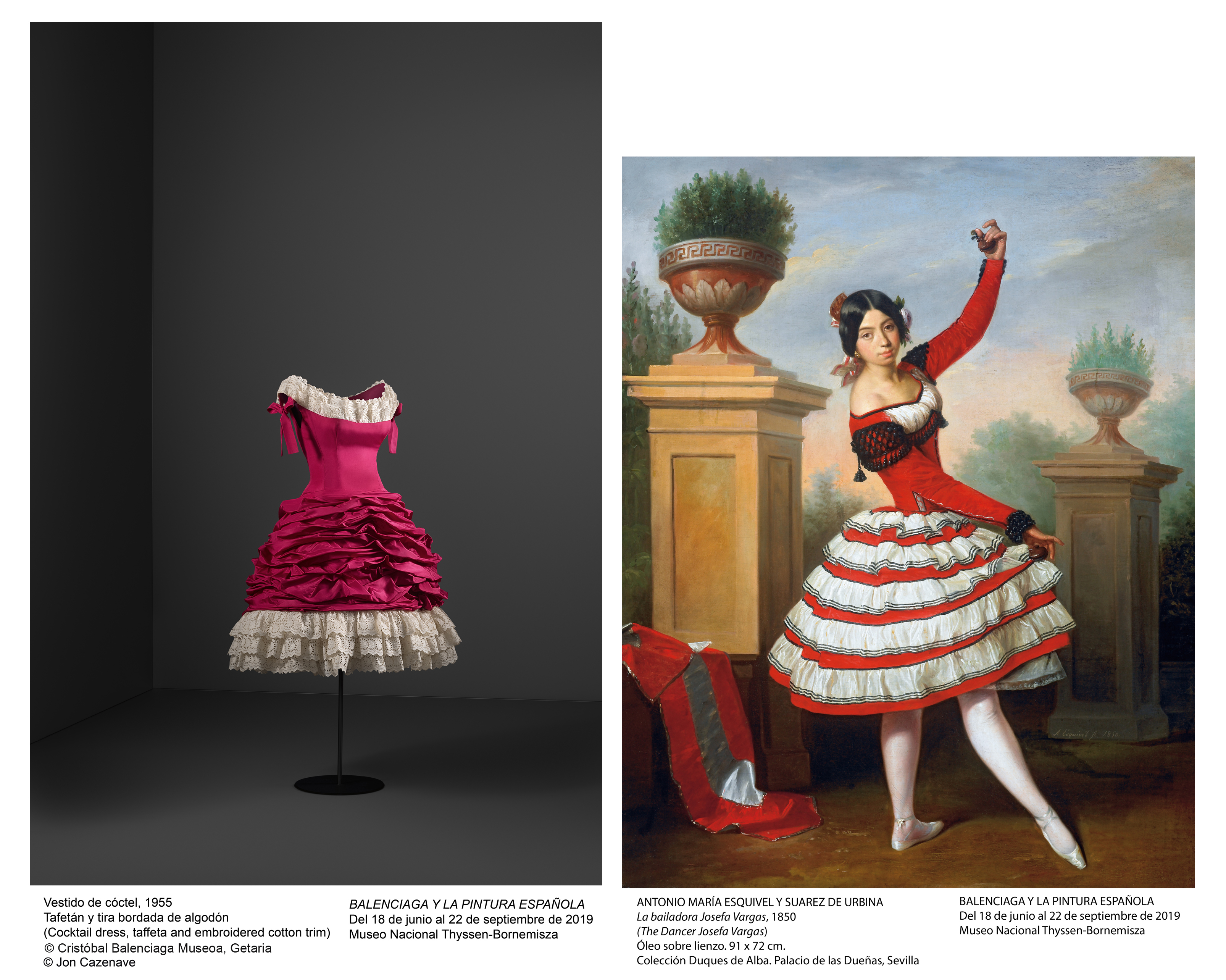
A life influenced by painting
Balenciaga was born in Getaria (Guipúzcoa) in 1895, son of José Balenciaga, fisherman, and Martina Eizaguirre, seamstress. As a child he began his craft with his mother, who sewed for wealthy families in the area, including the Marquis of Casa Torres, who spent summers at the Aldamar Palace in the Guipuzcoa town, also known as Ona view . It was there that the young Cristóbal came into contact with the taste of the aristocratic elite and where he could admire costumes and fabrics from the best tailors and fashion and textile shops in London and Paris. It was also there where he had the opportunity to contemplate and enjoy the magnificent collection of art that the marquises owned and their extensive library. This excellent introduction to the world of fashion and art, coupled with his extraordinary sensitivity, was what undoubtedly led him to dedicate his life to design from a very early date.
In 1939, Balenciaga was directly inspired by Velázquez for the design of his Infanta dress, a modern reinterpretation of the costumes with which the painter portrayed the Infanta Margarita of Austria and which the designer presented that same year in Paris. Three years earlier, in 1936 and as a result of the outbreak of the civil war in Spain, Balenciaga had moved to the French capital. He was already in a period of full creative maturity, having founded in the previous decades fashion establishments in San Sebastian, Madrid and Barcelona and having among his clientele high society and the Spanish Royal Family. In August 1937 he opened his workshop on George V Avenue in Paris. The creations of Balenciaga in these years were impregnated with the cultural context of their country of origin, turning this period into a tribute to the aesthetics of ‘all things Spanish’.
With his innovative style, total mastery of couture and a high level of demand, he soon became one of the most influential designers on the international scene. In Paris he came into contact with a cosmopolitan clientele and also began to attract the attention of the media around the world that elevated him as the “king of haute couture”. He had a predilection for weighty fabrics, which he enriched with handmade embroidery, rhinestones or sequins. With scarcely any cuts or seams he created dresses with straight or rounded shapes, giving his garments a perfect, almost sculptured finish. His sense of proportion and measure, handling of technique and search for excellence brought him the admiration of his contemporary colleagues -like Christian Dior, who considered him “the master of all of us”, or Coco Chanel, who described him as “the only authentic couturier ” -; and in his workshop or with his advice some of the most important designers of the 20th century were trained, such as Hubert de Givenchy , Emanuel Ungaro , Óscar de la Renta or Paco Rabanne.
Photos: Leased by the Thyssen-Bornemisza National Museum
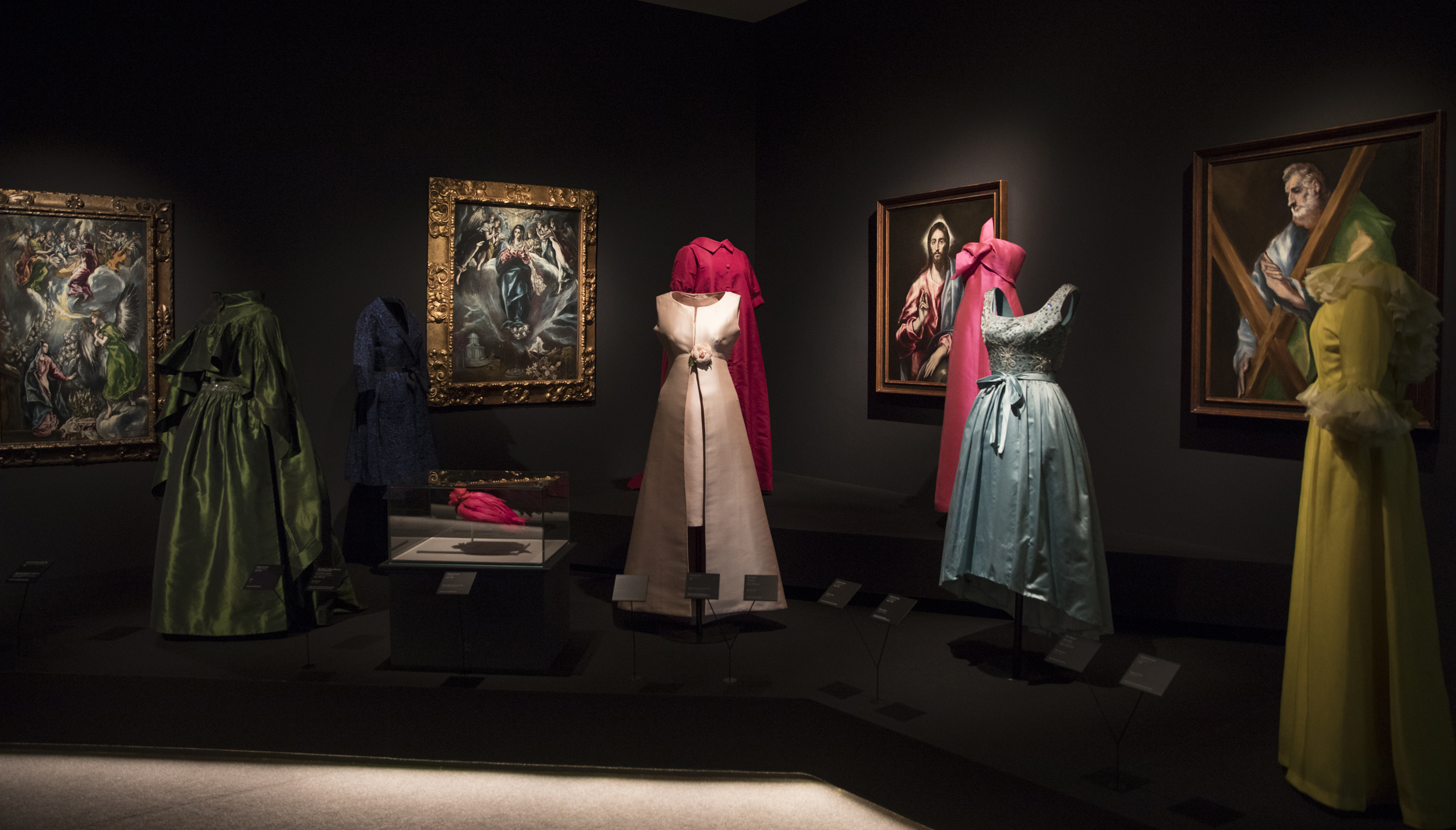
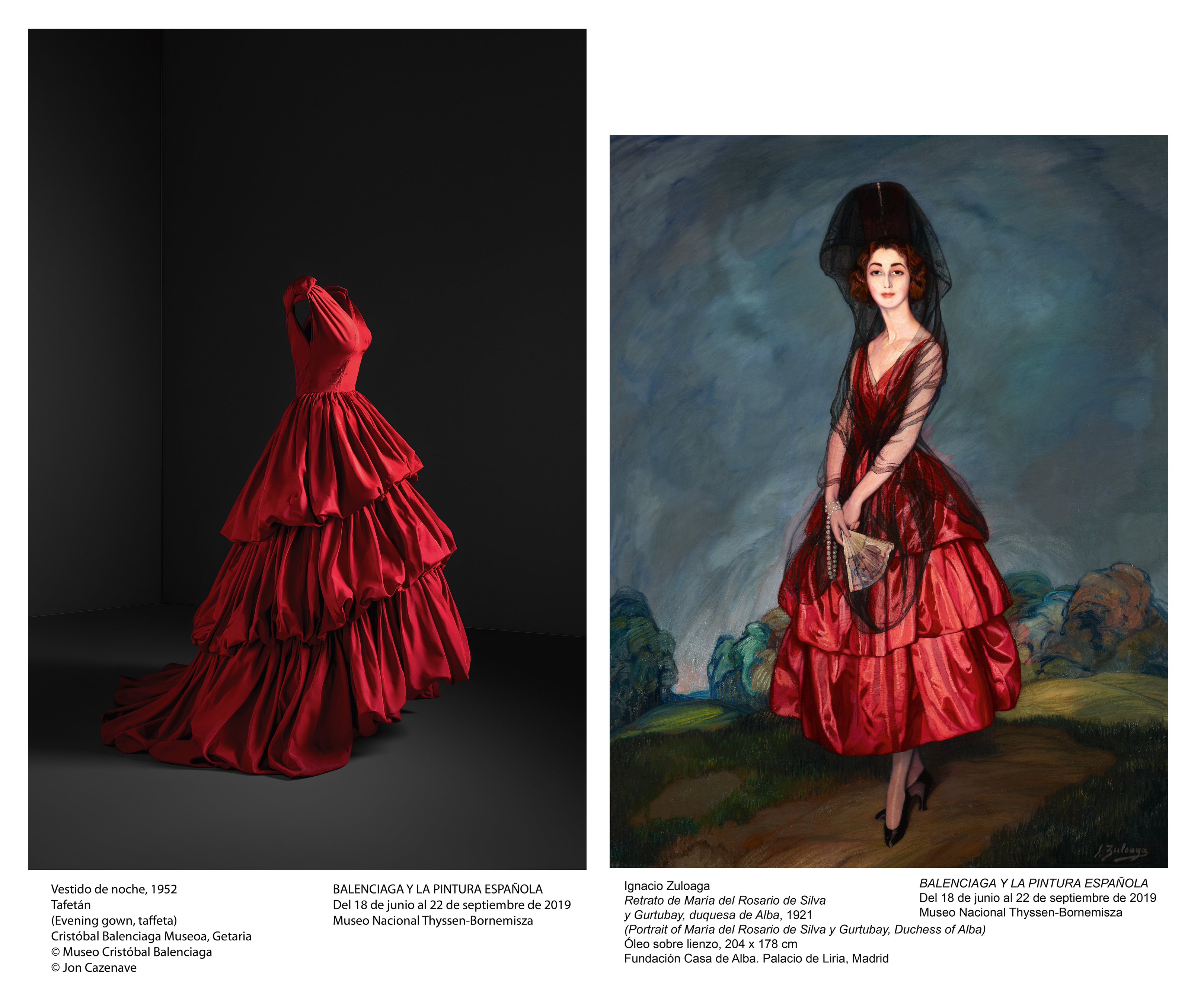
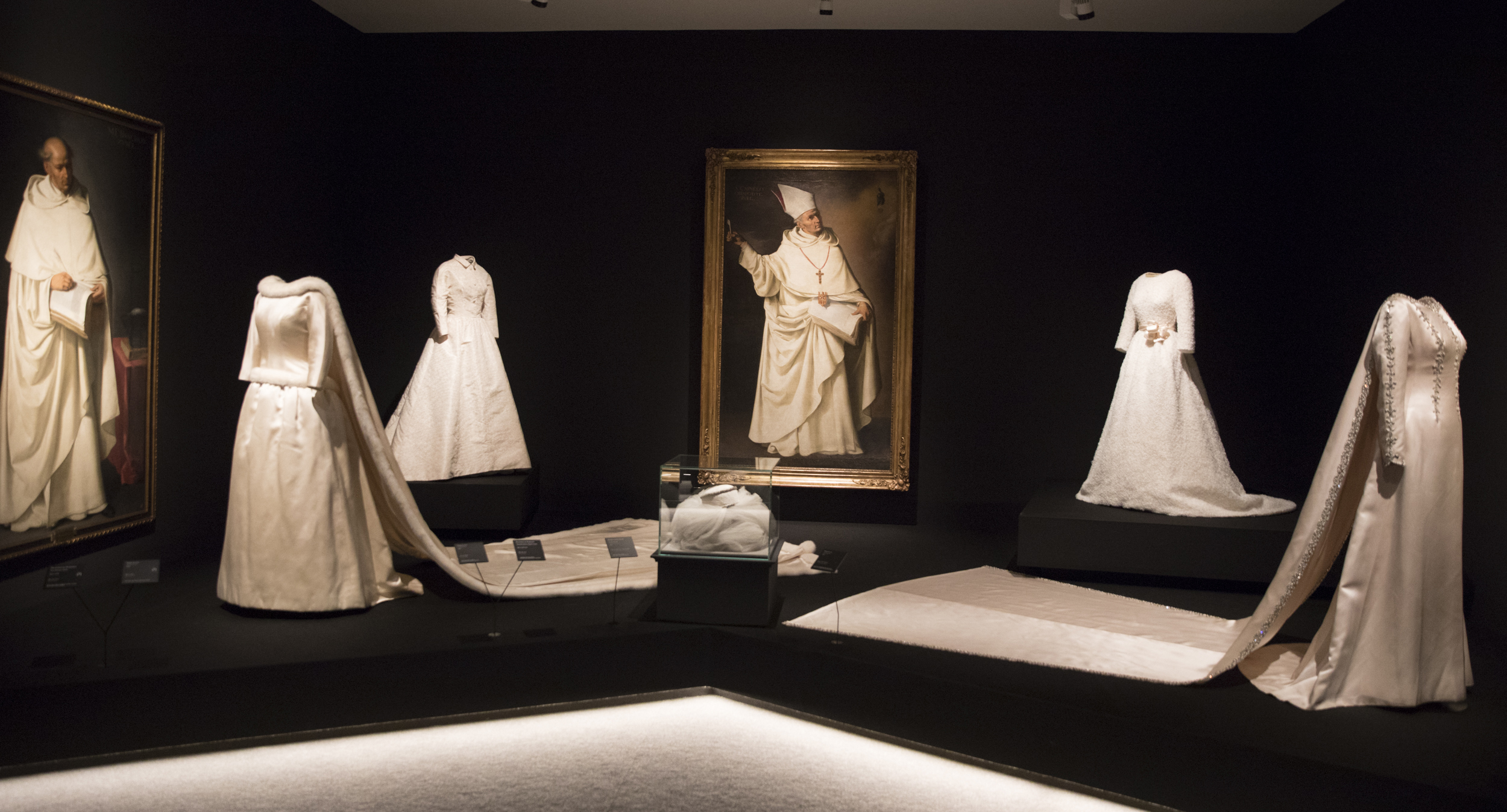
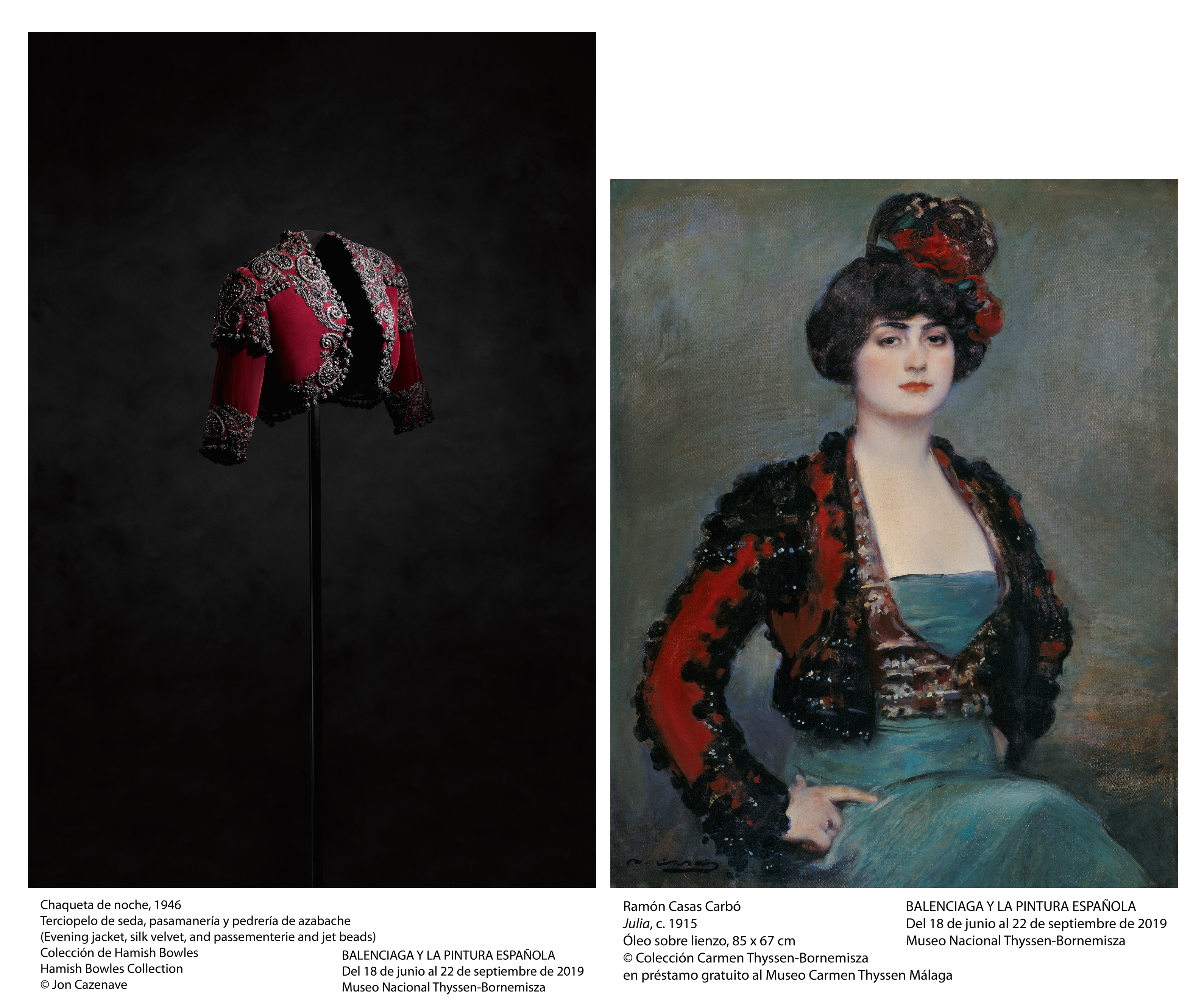
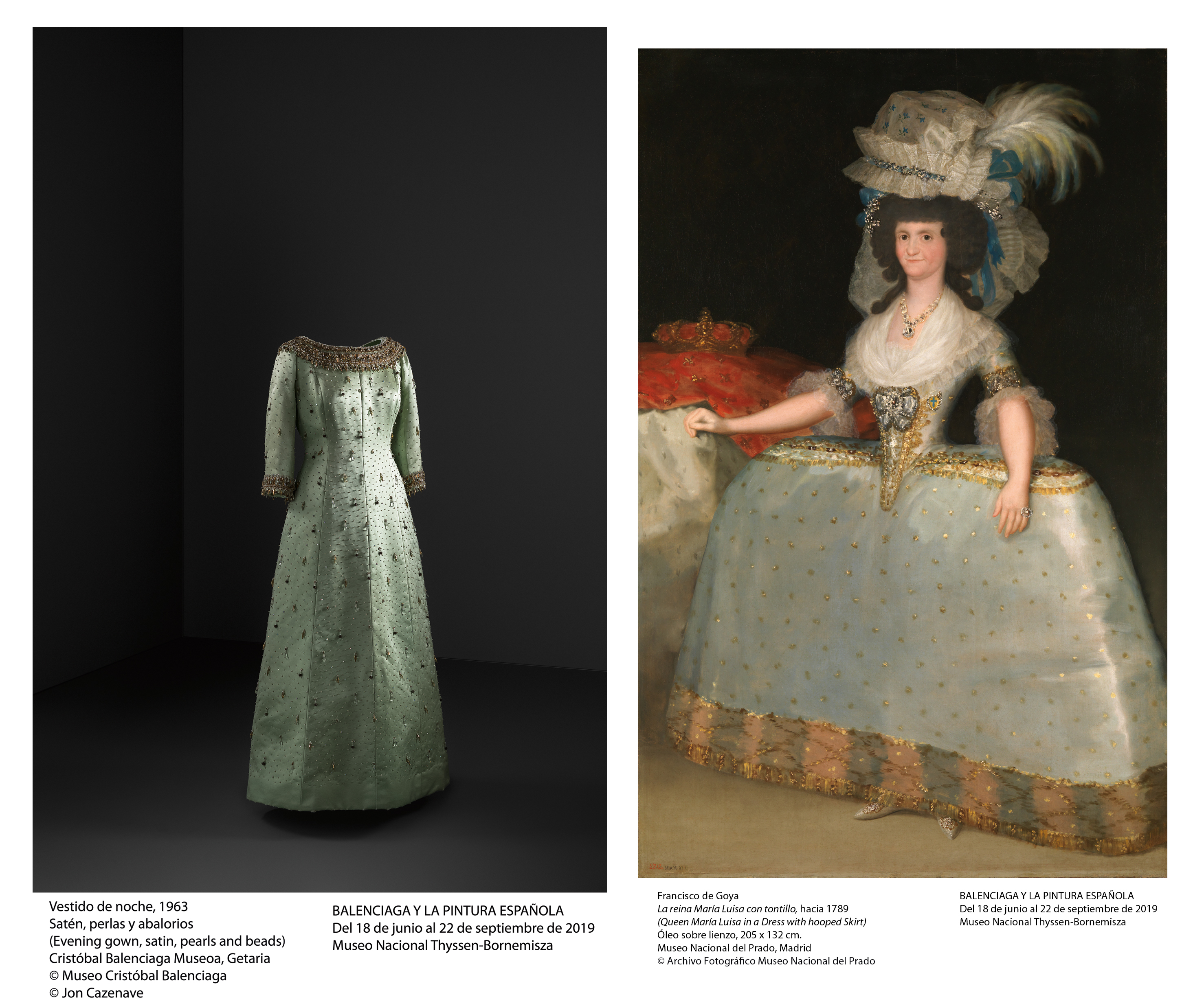
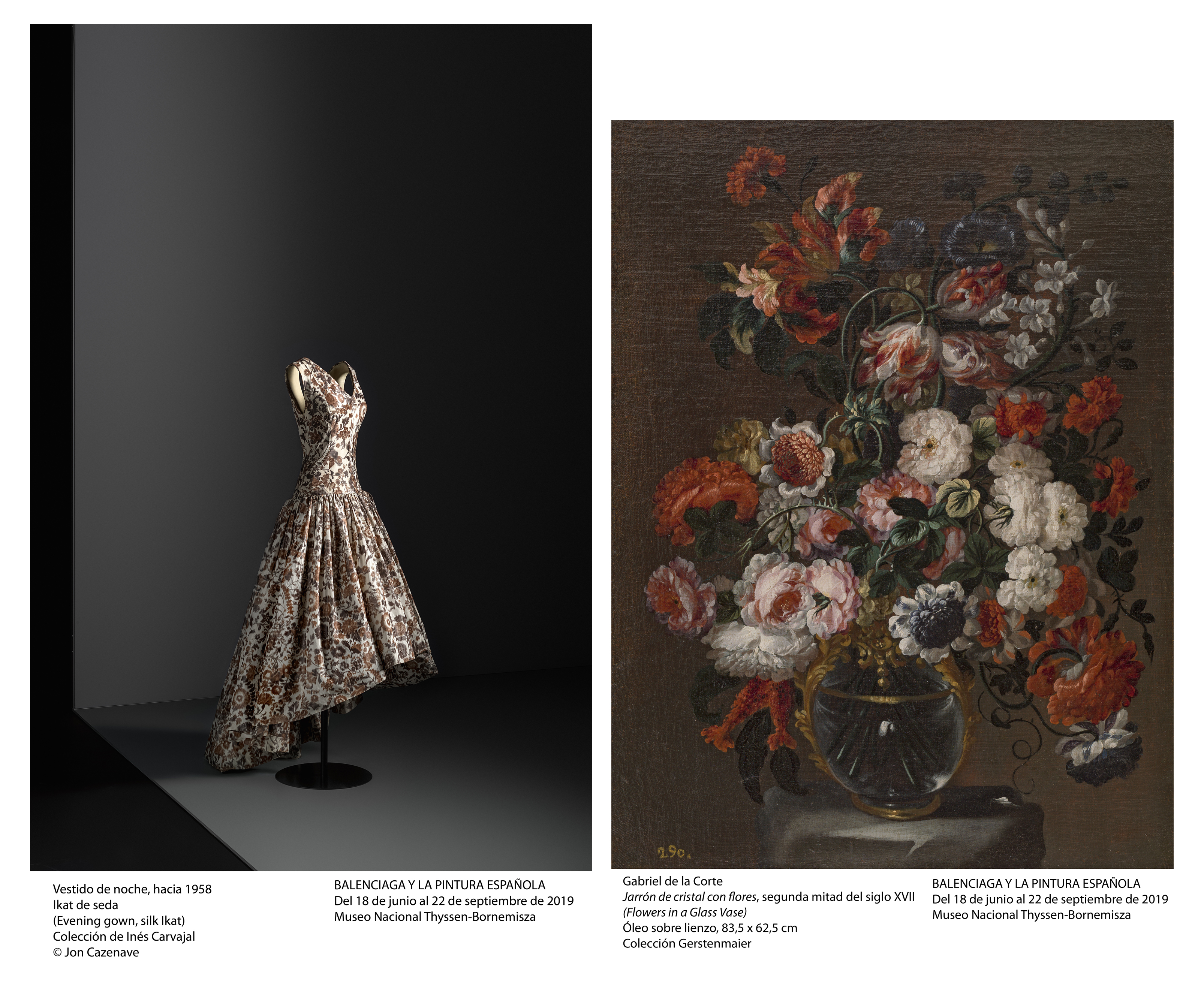
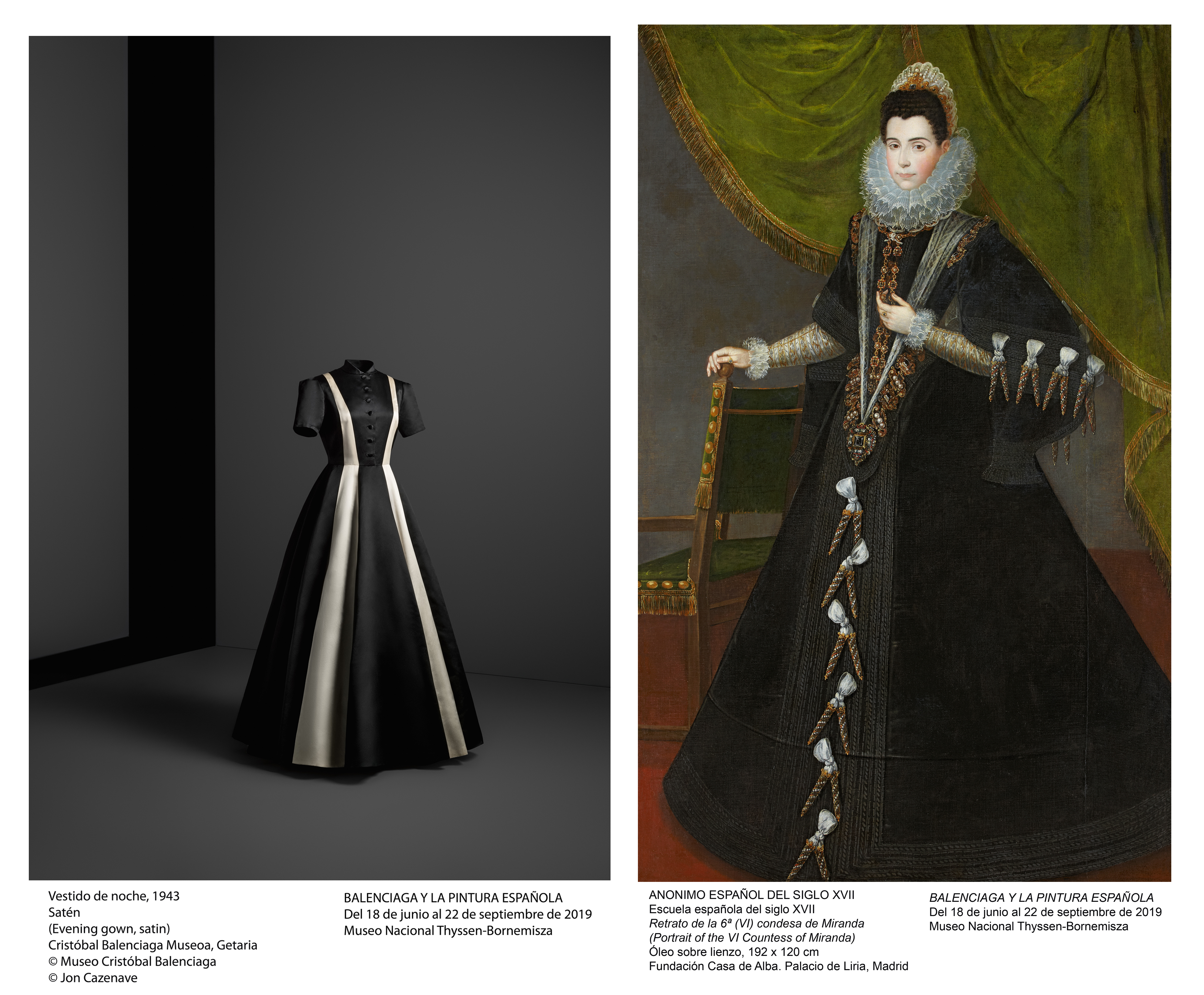
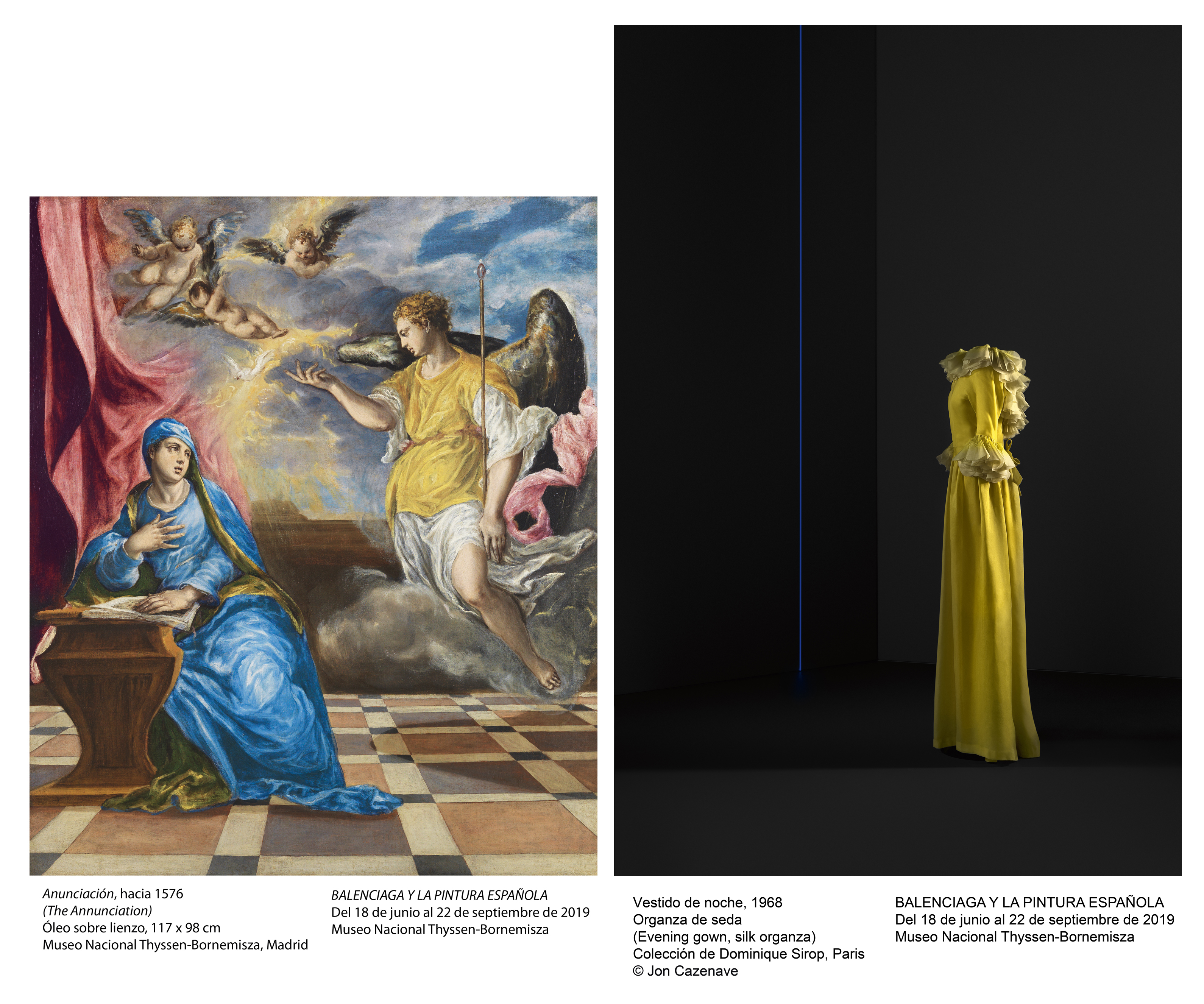
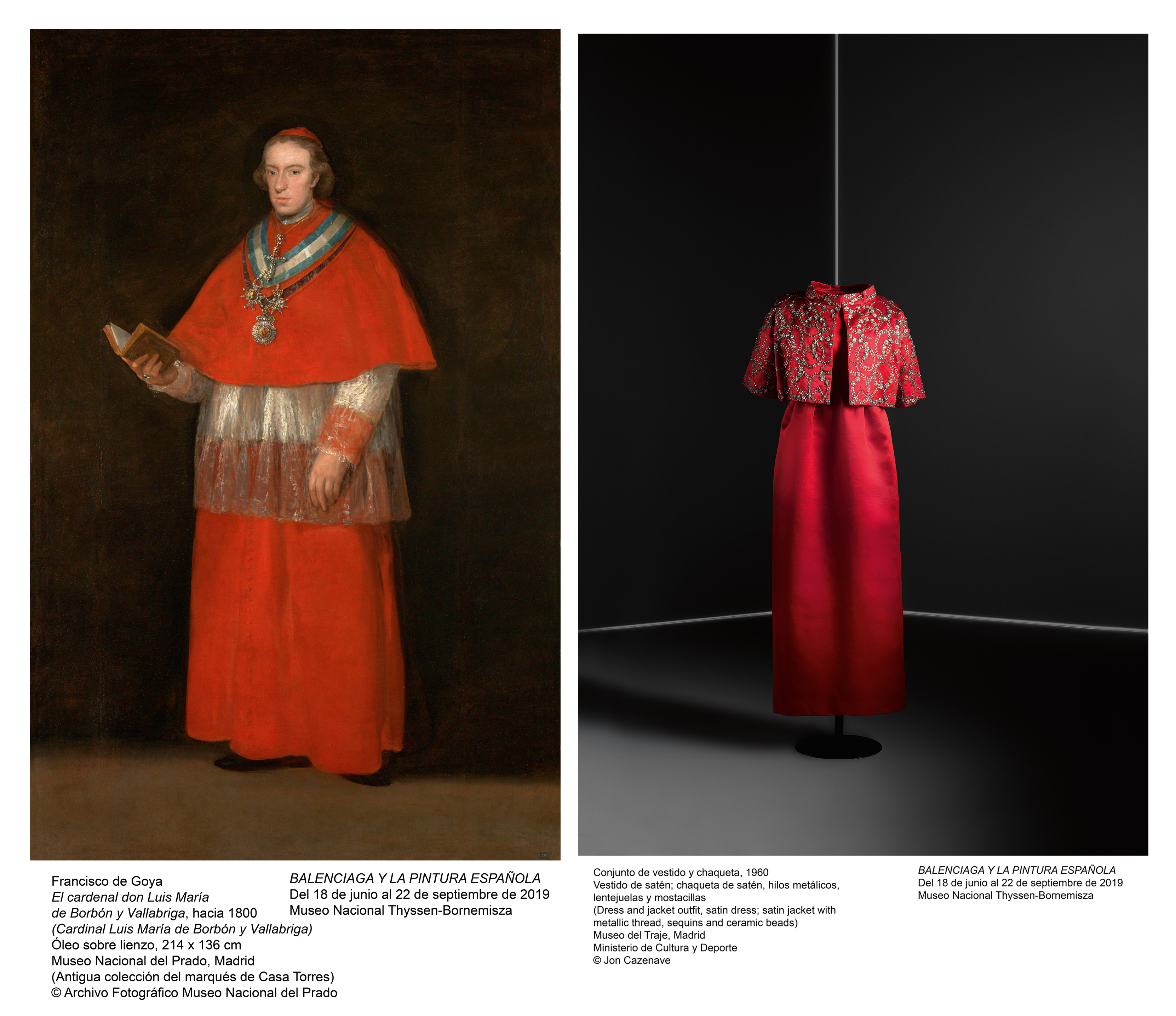
Gratacós at Primavera Sound

There are powerful alliances, which work perfectly because they arise naturally and spontaneously. And the result is most impressive when a whole team of professionals coordinates to achieve a single goal which goes beyond surprise or emotion. In this cTase we are talking about the union between fashion and music through our latest collaborations which can be seen in the latest edition of Primavera Sound with some talented names within each discipline. Yes, we are pleased to say that Gratacós has jumped onto the stage via the wardrobe of three young artists with a lot of potential: Rosalía, Nathy Peluso and María José Llergo.
What was the collaboration?
Following one of our principles as a company, which is to support future professionals within the sector, whether young talents or established designers, as well as to develop cooperation with them, we faced a very motivating challenge earlier this year. The companies Dominnico, headed by the Alicante designer Domingo Lázaro Rodríguez and Colmillo de Morsa, from Barcelona contacted us offering a collaborative project which had us hooked from the very first moment. These companies were going exclusively to design the costumes of Rosalía and Nathy Peluso, designs that the artists would exhibit in person during their promotional tours around the world. In the case of Primavera Sound we also had the collaboration of Manuel Bolaño who sought to surprise with a design created for the performance of the singer María José Llergo.
These companies, which are friends and customers, were looking for something innovative, exclusive and of high quality for the costumes of the artists, something that would cause a real stir for its creativity and exclusivity! They know that we as fabric designers can count on a range of creations which meet these needs. Moreover, sometimes it is through the raw materials – in this case the fabric – that from the start the craziest ideas take their shape. And that point of slightly mad experimentation is what we adore and are entertained by ! In addition we firmly believe in the project of these three companies and the people behind them. So we were delighted to collaborate in the project of dressing three young divas of contemporary music at Primavera Sound .
For the occasion Dominnico chose a wonderful Jacquard padded in bubblegum pink with iridescent stitchings to create that stunning amazon look worn by Rosalia in her performance at Primavera Sound. That fabric was present in the corset which the Catalan artiste wore with pronounced shoulder pads . The outfit was complemented by a jacket and matching leggings, which were defined at the waist with gold appliques. This bold outfit,which was inspired by the ‘ Dirty ‘ style of Christina Aguilera also bore the design and styling of Daikyri , Rosalia’s sister.Nobody was left indifferent by this wardrobe . We should mention the sure value of Domminico , which already counts as clients other international fashion and show artists such as Lady Gaga, who has worn the brand on three occasions .
In the case of Colmillo de Morsa , the challenge was to dress Nathy Peluso , the Argentinian artist now based in Barcelona whose successful music ” is capable of making hip-hop danceable and accompanied by jazz”, and whose trap aesthetic captivates the young generation Z. They also recently designed for Berskha a capsule collection which embodied their aesthetic references. The designer Elisabet Vallecillo chose a cotton embroidery to make the countless metres of ruffles that she used to design the spectacular cascaded skirt and the top with crossed neckline worn by the Argentine artist. The embroidery was white and the designer dyed it afterwards to achieve this reddish tone so exuberant for an outfit inspired by Havana.
Finally, Manuel Bolaño was commissioned to devise a spectacular coat for María José Llergo . The Cordovan singer of 24 years , resident in the Gràcia district of Barcelona, is one of the young promises of singer-songwriting, as she writes and composes with a very unique style of flamenco rooted in and linked to her land of origin. Bolaño chose black taffeta to make for her a beautiful and impressive maxi coat that did not go unnoticed among the spectators of Primavera Sound .
The most appreciated is that in the three looks the designers respected the aesthetics of each artist, without losing their essence as creators. It is here when that magical fusion between fashion and music takes place. It is an art, through and through!

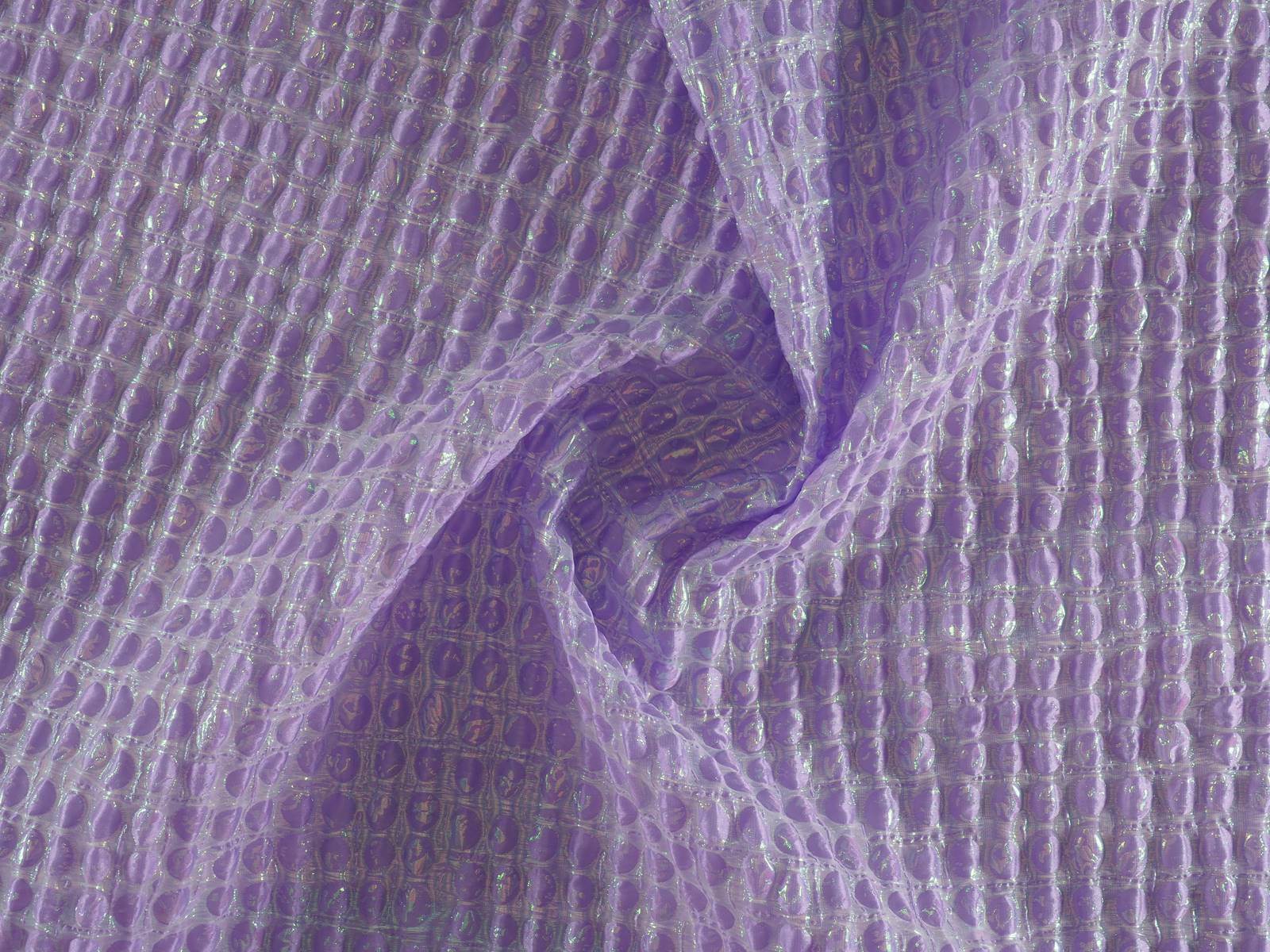
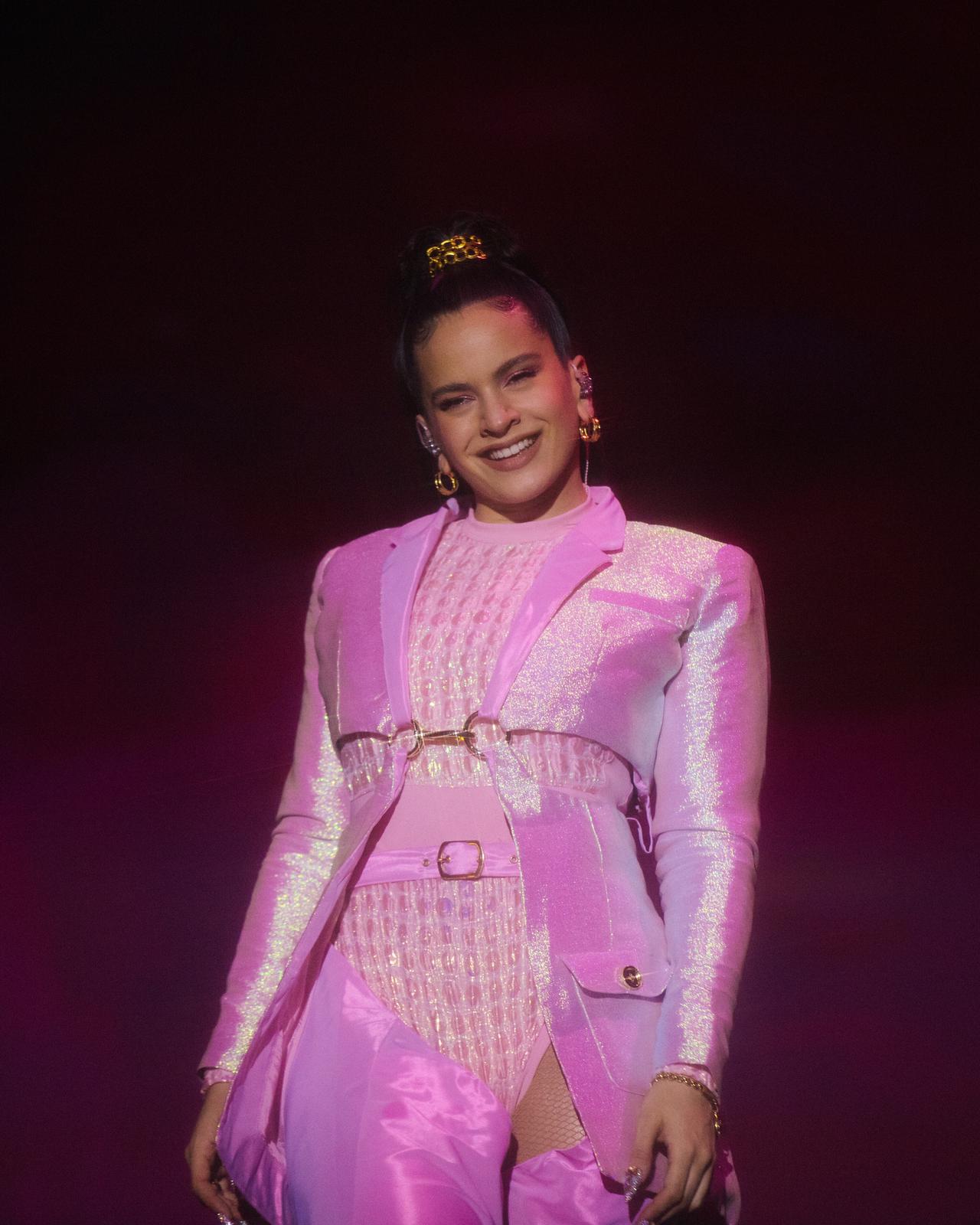
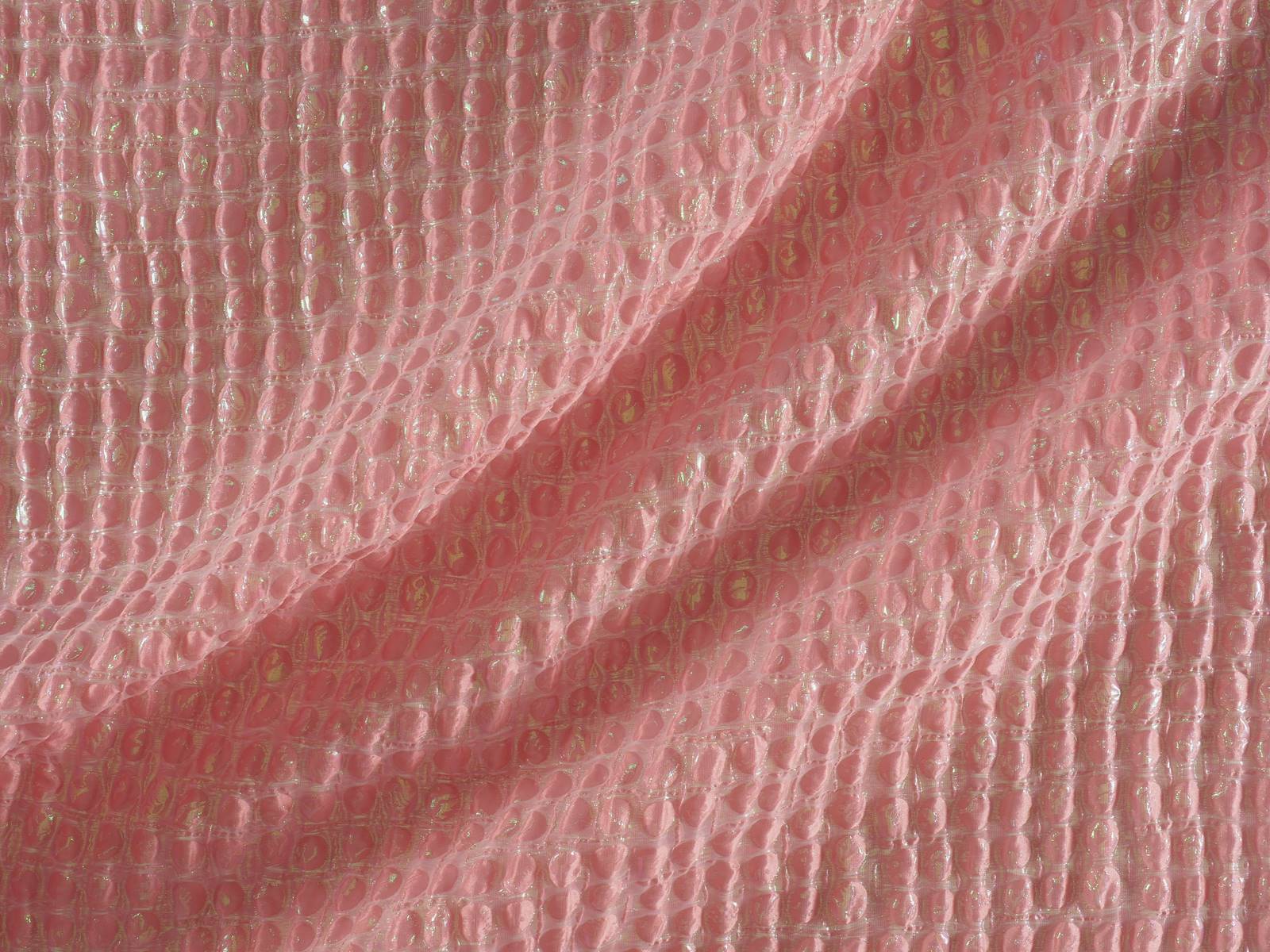
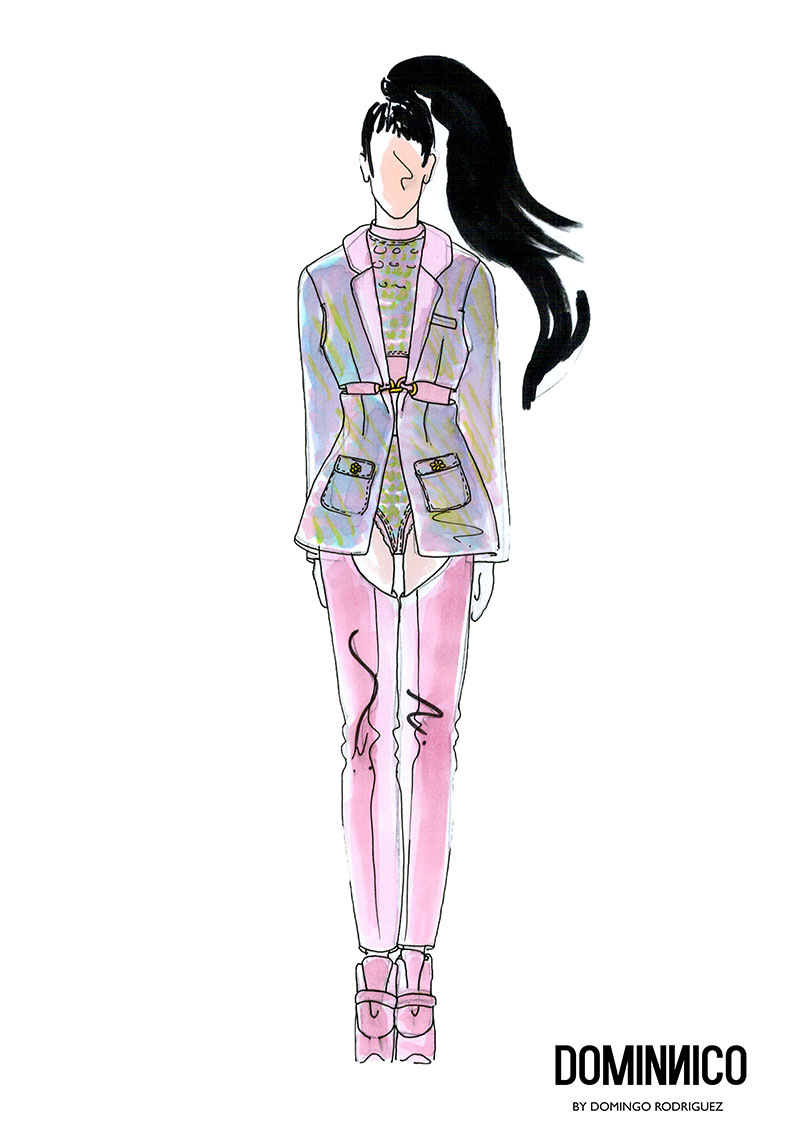
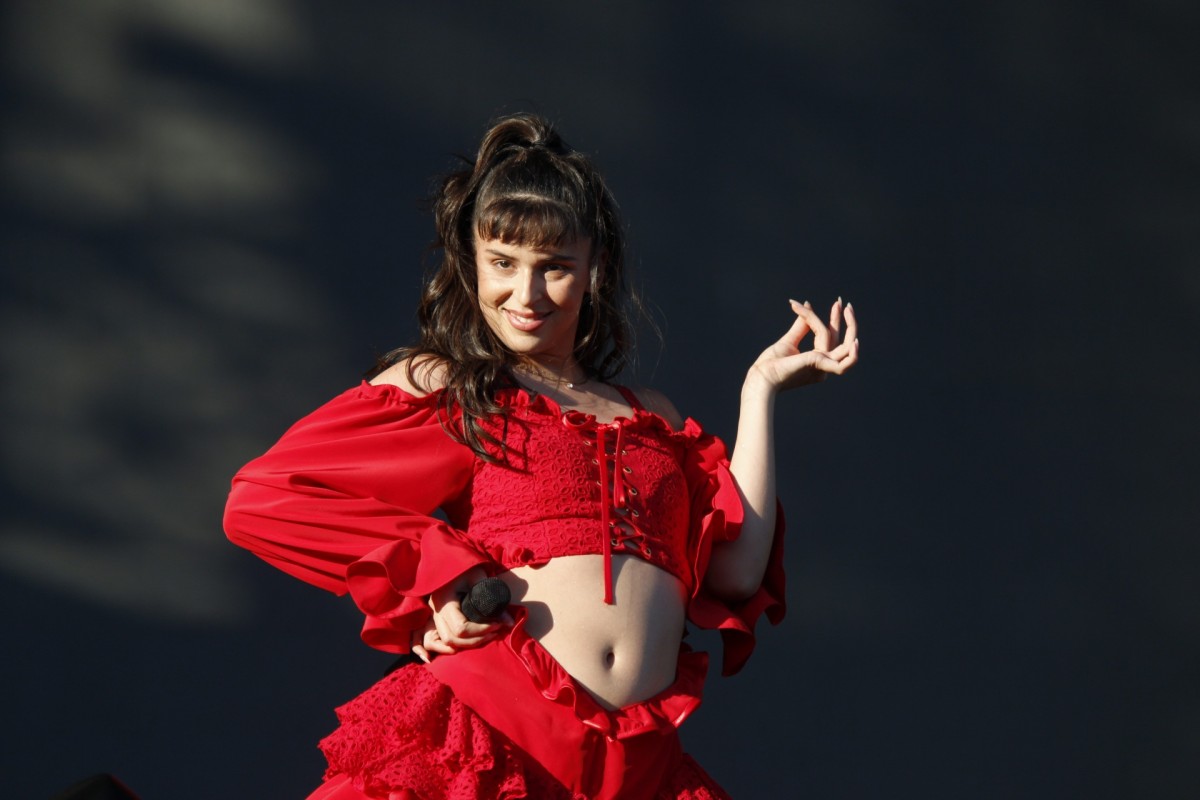
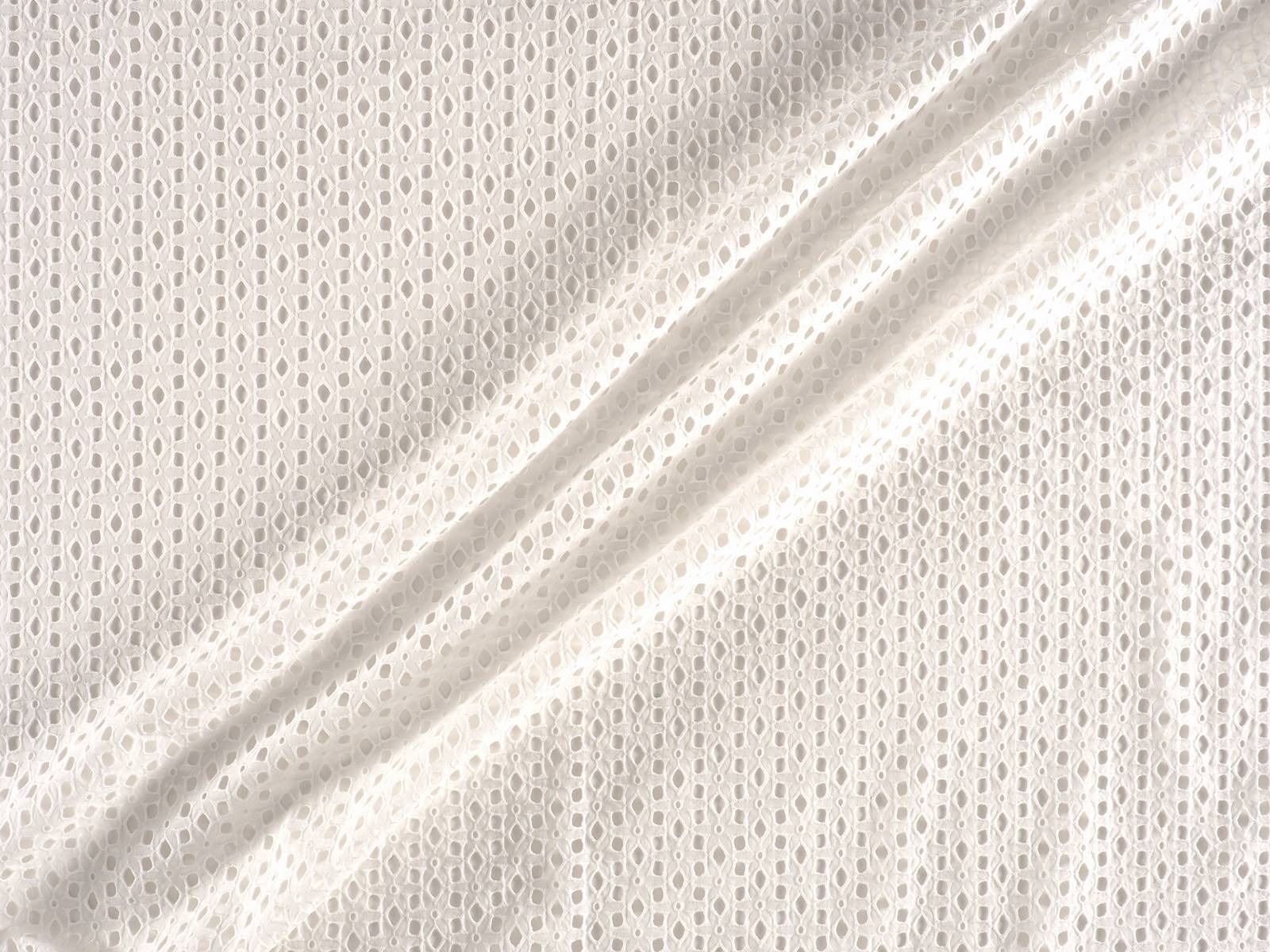
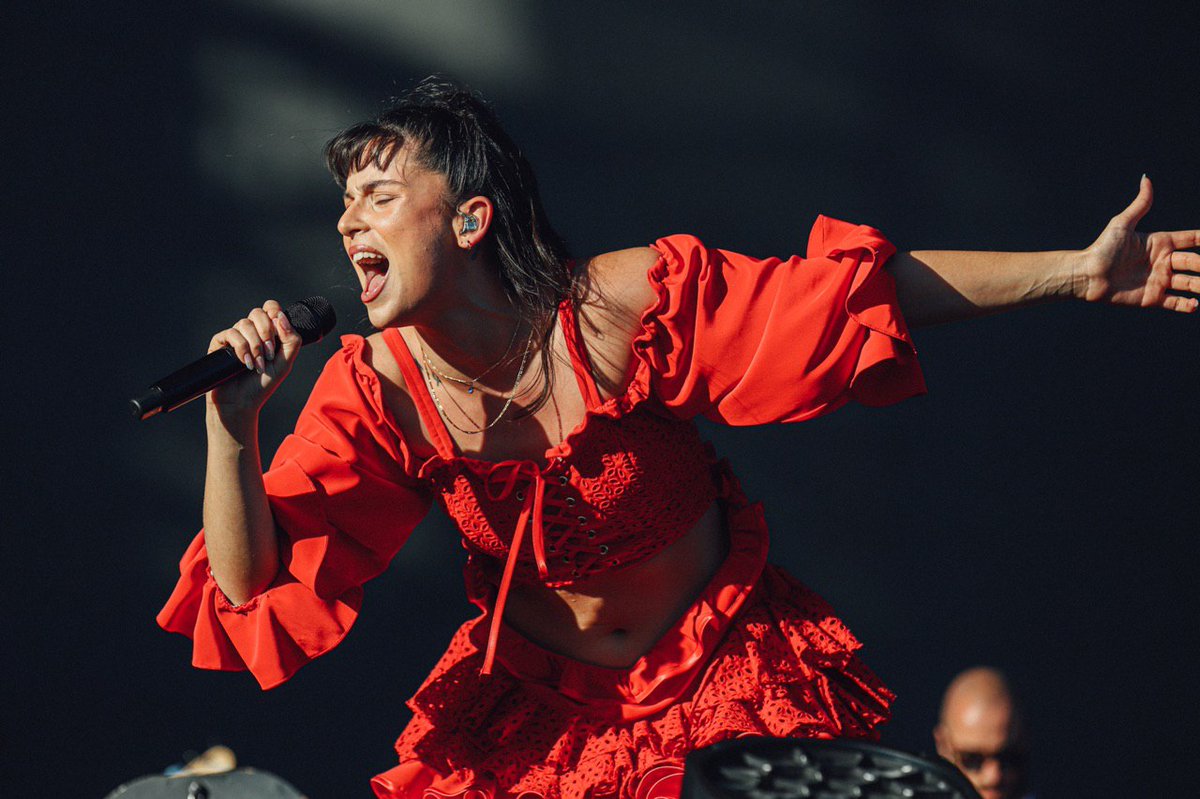
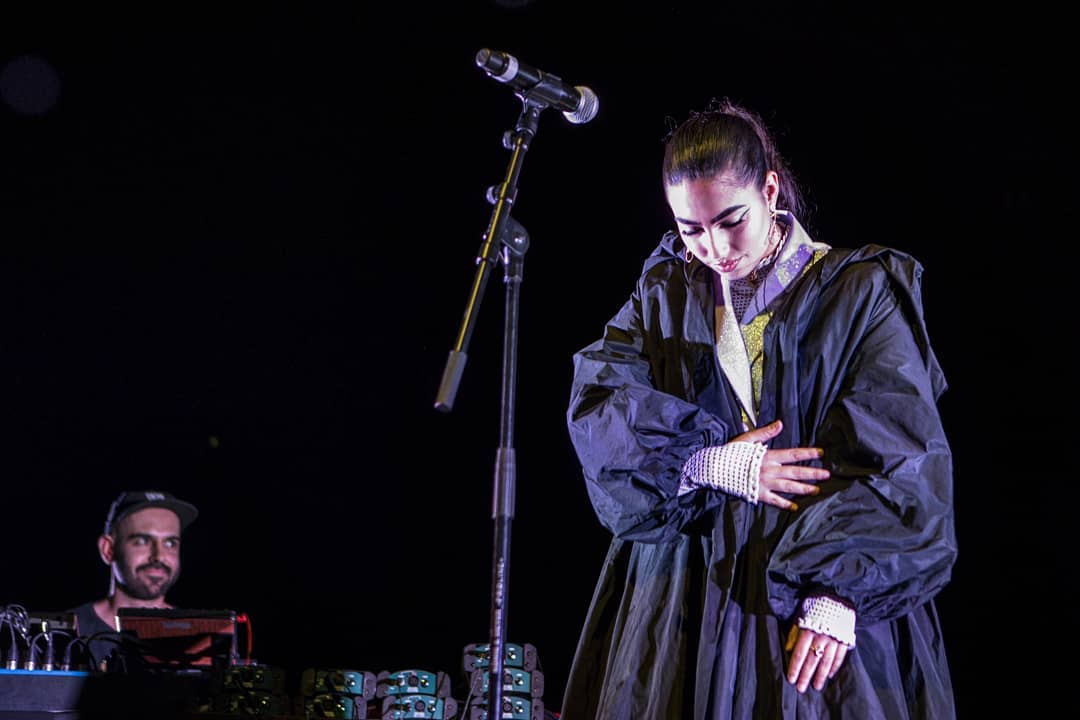
The best design in Barcelona
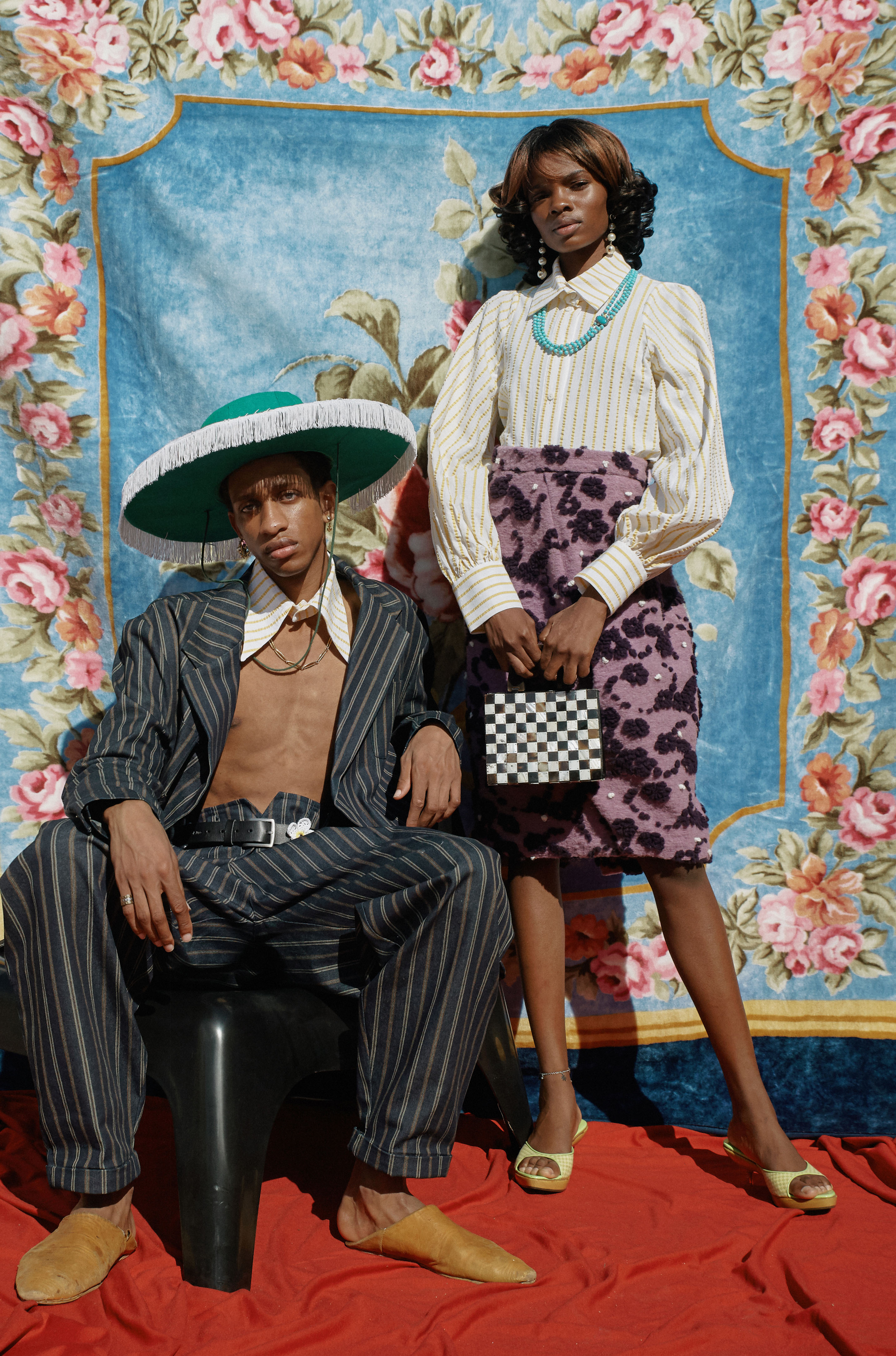
Who are the current ambassadors of design in Barcelona? The unknowns have already been resolved with the winning names of the second edition of the MODA-FAD Awards, the awards given by the Association for the Promotion of Fashion as recognition for their work in the sector.
In this edition the awards of the four professional categories have been: Carlota Barrera in the category of Merit for Clothing Design; Sol Prado in the category of Merit for Complementary Design; Rebeca Sueiro in the category of Merit for Styling and Image , and Ignasi Monreal in the category of Merit for Visual Communication. In addition the MODA-FAD Board will give to Pedro Rovira the Honour Award in recognition of his creativity and for having valued the identity of local and national fashion. Finally, there is also a separate award: that for Student Sustainability, which this time has been awarded to Mireia Panisello, a BAU design student.
The jury that has decided the names featured in this edition are the stylist Ana Murillas , the fashion culture specialist Charo Mora, the designer Claudia Pérez, the fashion editor Estel Vilaseca , and the fashion designer Krizia Robustella.
Discover who is who
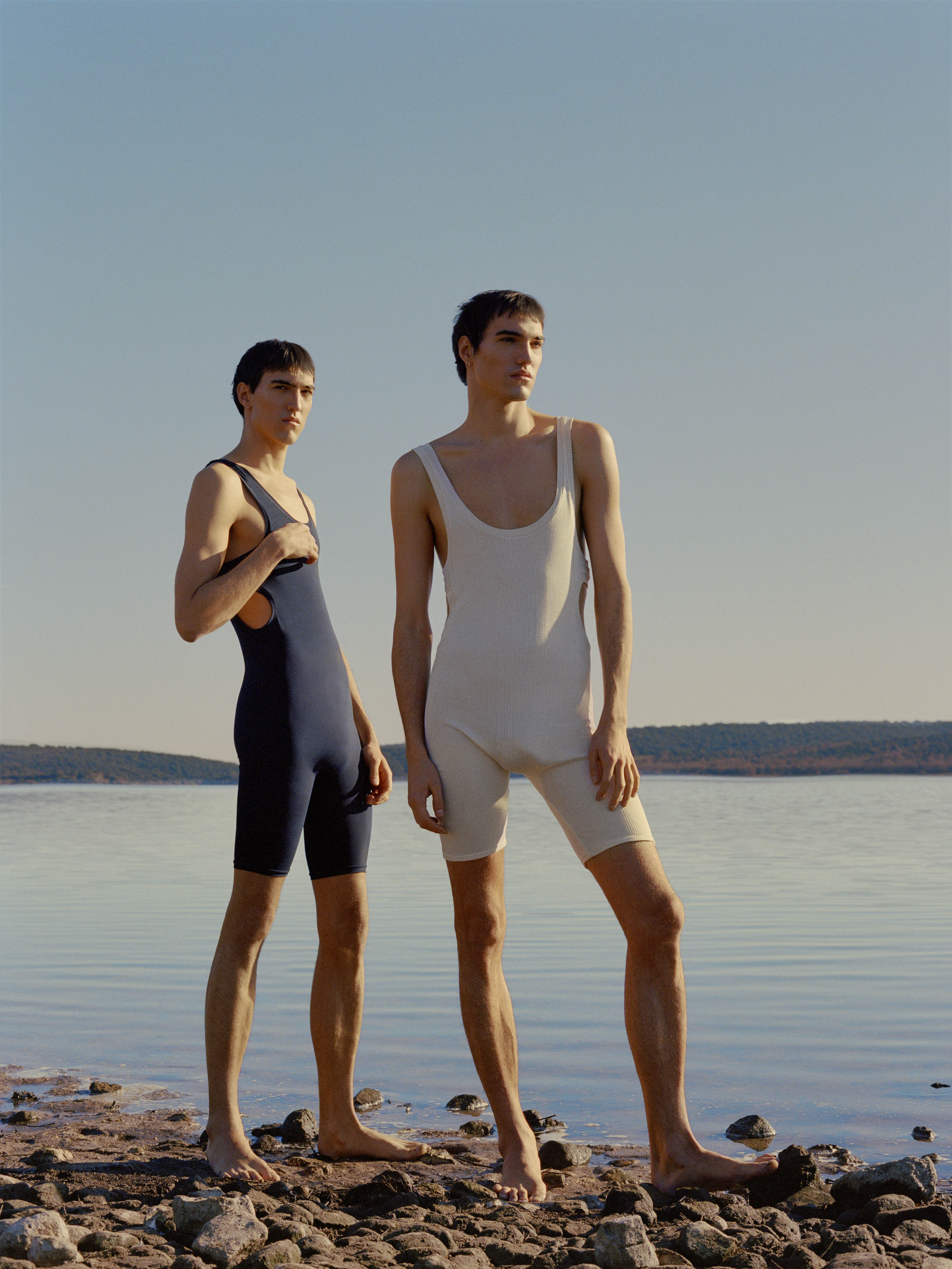
Carlota Barrera
Carlota Barrera is a young designer based in London who holds a master’s degree from the London College of Fashion and has developed her skills working in several haute couture houses. Last year Barrera launched her own named brand with the men’s collection “El Matador y el Pescador”. This company explores modern silhouettes in collections that reflect the classic techniques of tailoring and artisan motifs with a contemporary vision and a very visual approach. Each garment fuses the concepts of heritage and luxury from a fashion-house that represents a vision of modern man.
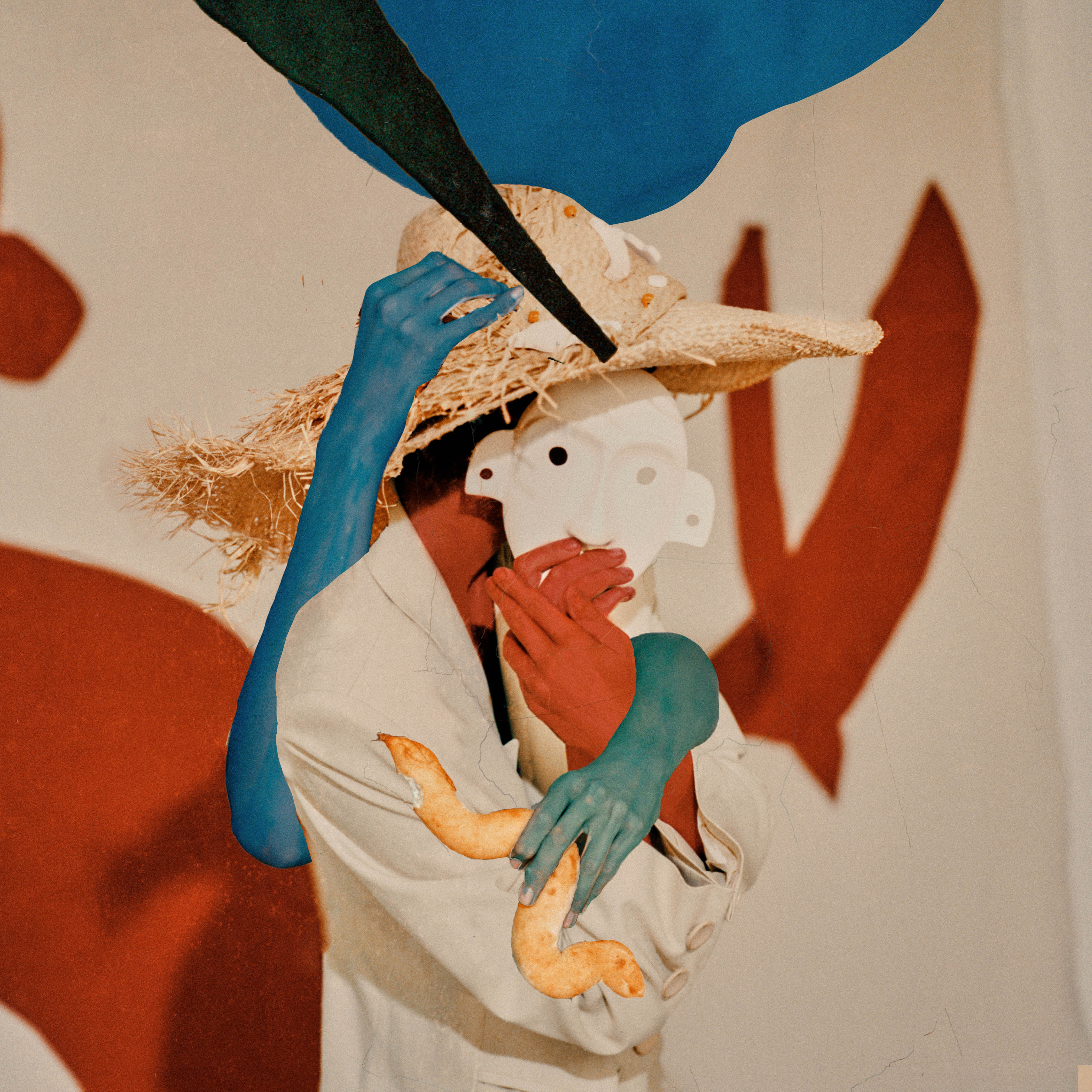
Sol Pardo
Sol Pardo shows her ideals through hats. Concepts such as art, design and craftsmanship are present in each of her creations that are characterized by using reusable hand-made materials. Thus, for example, hats combine acrylic as a distinctive raw material, with straw hats made by hand by a community of weavers. This is the essence of Pardo Hats: to defend the value of the slow fashion with timeless accessories that generate identity.
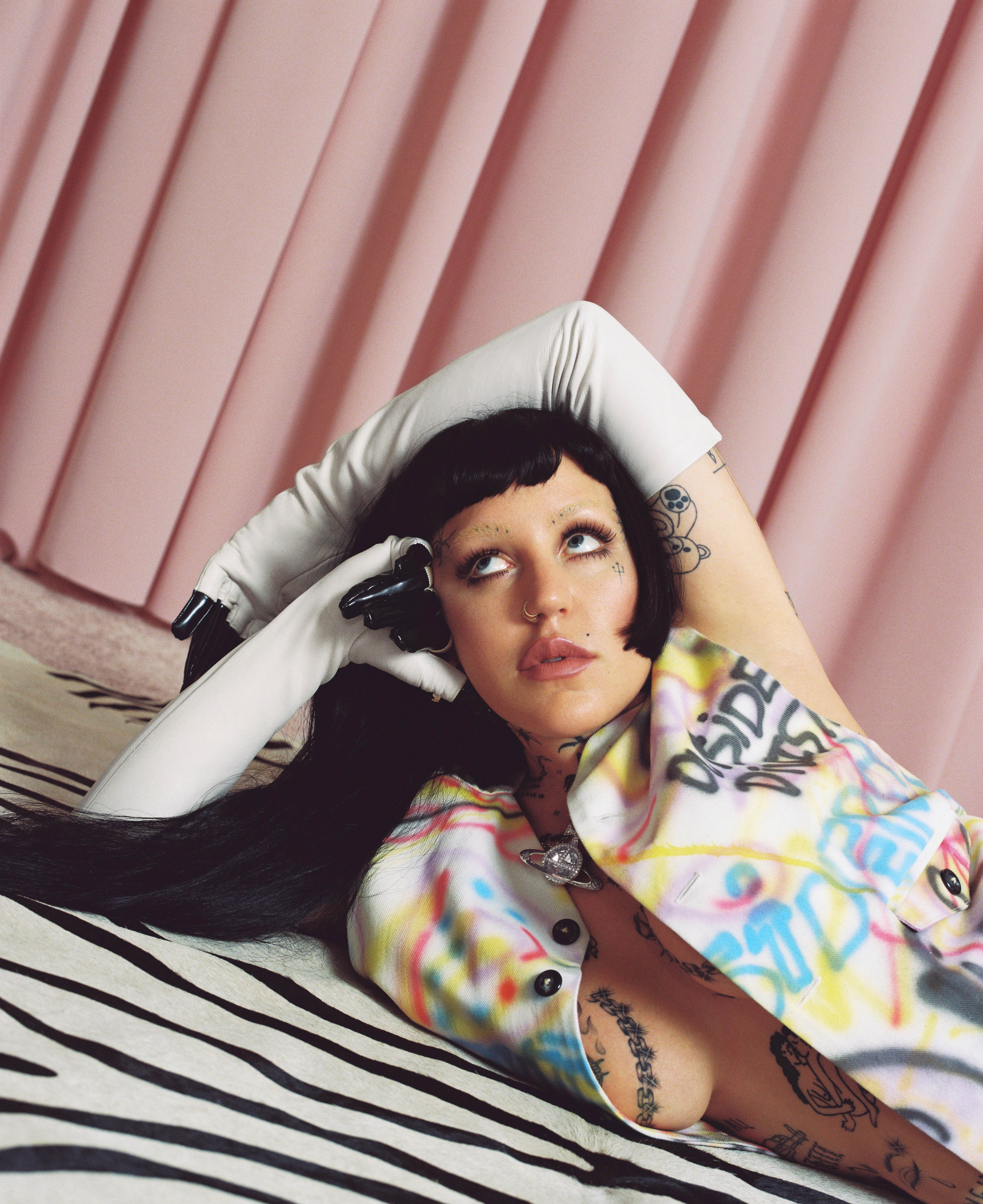
Rebeca Sueiro
The Galician Rebeca Sueiro (A Coruña, 1982) began her relationship with the world of scenic costume in 2002 in her hometown, where she studied Industrial Pattern-making. Sueiro’s editorial work shows her admiration for the subcultures and the most underground artistic, aesthetic and musical scene as well as her travels in Europe, Africa and Asia, where she has actively participated in the rave scene and has lived in artistic communities related to it. Currently Rebeca works in Barcelona and her obsession as a stylist is to see how through clothing each individual constructs a unique language with which to communicate.
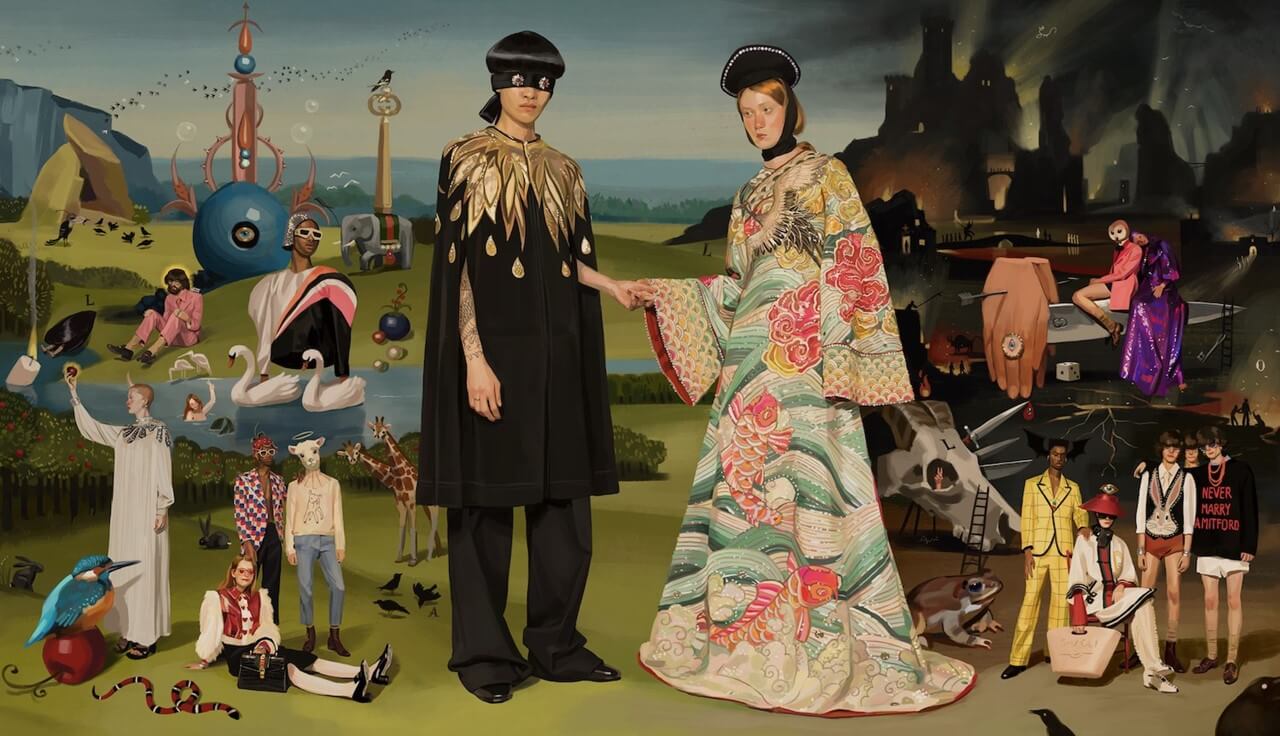
Ignasi Monreal
Who now is still not familiar with the illustration of Ignasi Monreal? The Barcelona artist based in Rome works in various media, including painting, design, creative direction, and cinema. He is the creator of the celebrated Gucci Spring / Summer 18 campaign , the first of its kind in which digital illustration is used entirely. He has also illustrated other international campaigns for Alessandro Michele and Dior. Monreal has recently exhibited at La Fresh Gallery, a show dedicated to the celebration of everyday gastronomy and called ‘ PlatsBruts ‘ (“Dirty Plates” ) .
The prizes will be awarded next June 15 in the building Disseny Hub of Barcelona. In parallel, the works by each of the prize-winners can be seen in the exhibition “Best design of the year”.
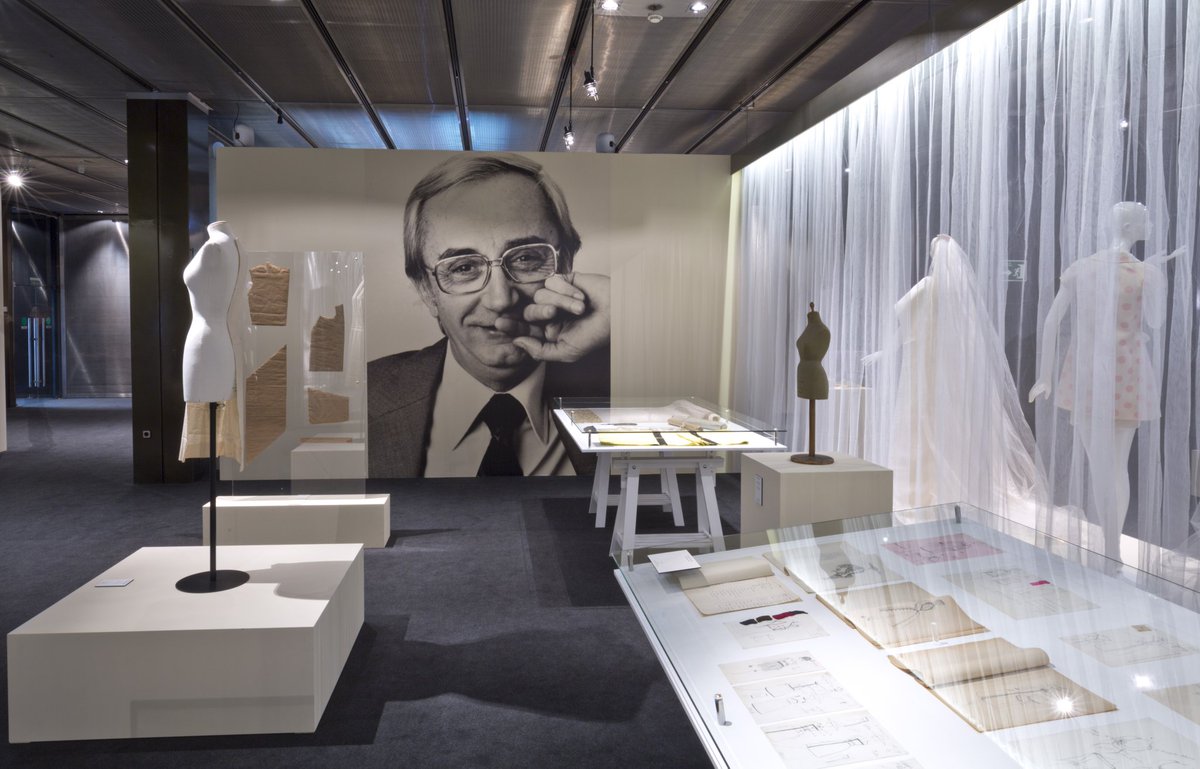
Pedro Rovira learned the trade in a tailor shop. In 1948 he founded his first fashion house in the square Gal·la Placídia, which years later moved to the Rambla del Prat in Barcelona. In 1957 he presented his collection at the Berlin International Exhibition, in 1964 he joined the Alta Costura Cooperative and the following year he presented his collection in the Spanish Pavilion of the New York International Fair.
In the 70s he started a ready-to-wear line, but he continued with haute couture. Rovira was the benchmark of Barcelona fashion during the 60s and 70s. He showed a predilection for pure lines, especially in day-time pieces. His creations stand out for the sharpness of the lines and the play of colour, for good construction and an impeccable cut.
The prizes will be awarded next June 15 in the Disseny building Hub of Barcelona. In parallel the works by pieces of each of the prize-winners can be seen in the exhibition “Best design of the year”.
Goodbye for ever, Karl!
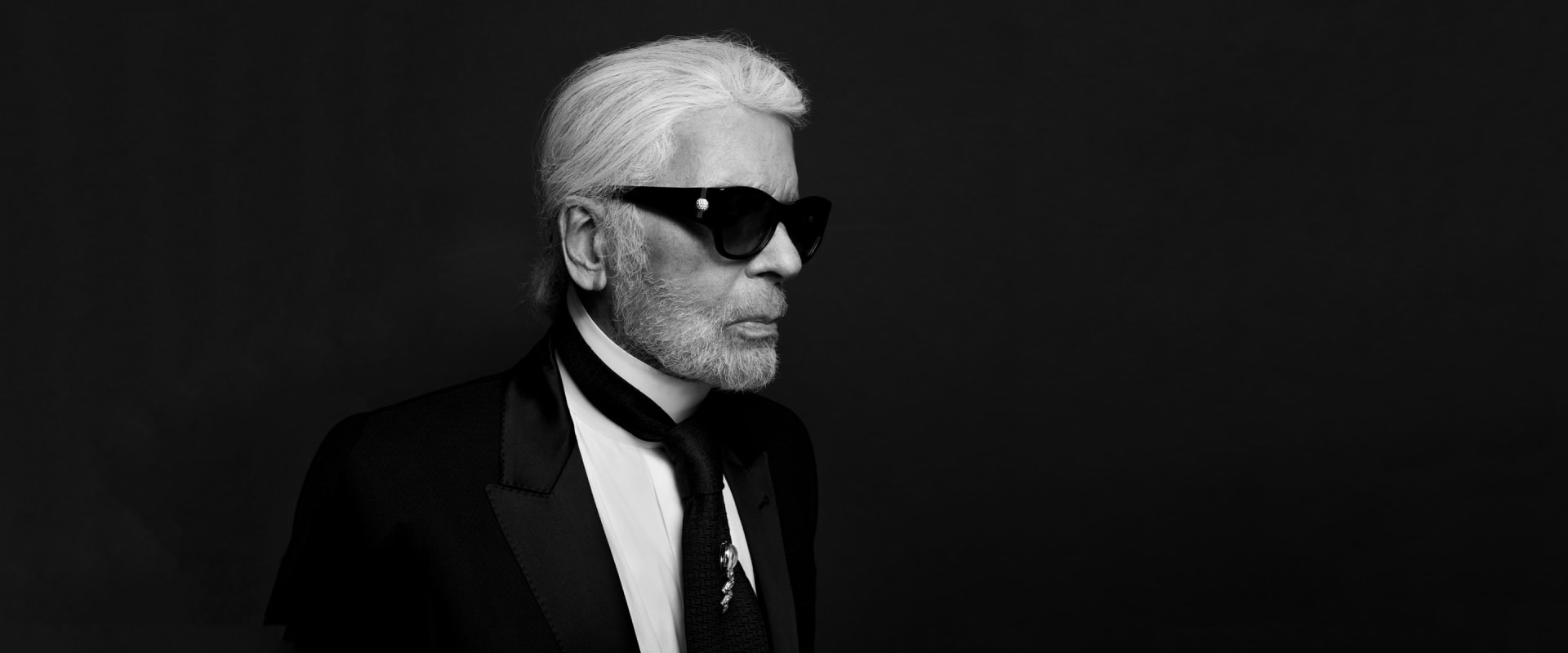
The news left the fashion industry in shock. Somehow it is orphaned after losing one of its flagship (and controversial) contemporary designers. The era of Karl Lagerfeld has come to an end and perhaps it is still hard to believe that there could be limits for this tireless mind that stayed in the business until the end . The iconic couturier of German origin died last Tuesday at age 85 in Paris. There were rumours that Karl’s health was weakened or that his retirement was imminent . In fact his absence from the spring-summer 2019 fashion show last January had already triggered the first alarms, since the Kaiser of fashion had not missed any of his appointments since his beginnings in Chanel in 1983. He was considered the longest-living designer to be at the head of a maison de couture. Together with Armani, who remained active and a creative director well into his 80s , he was a recognized artist world-wide. We should never forget that homage was paid to Karl Lagerfeld and his career at the British Fashion Awards in 2016.
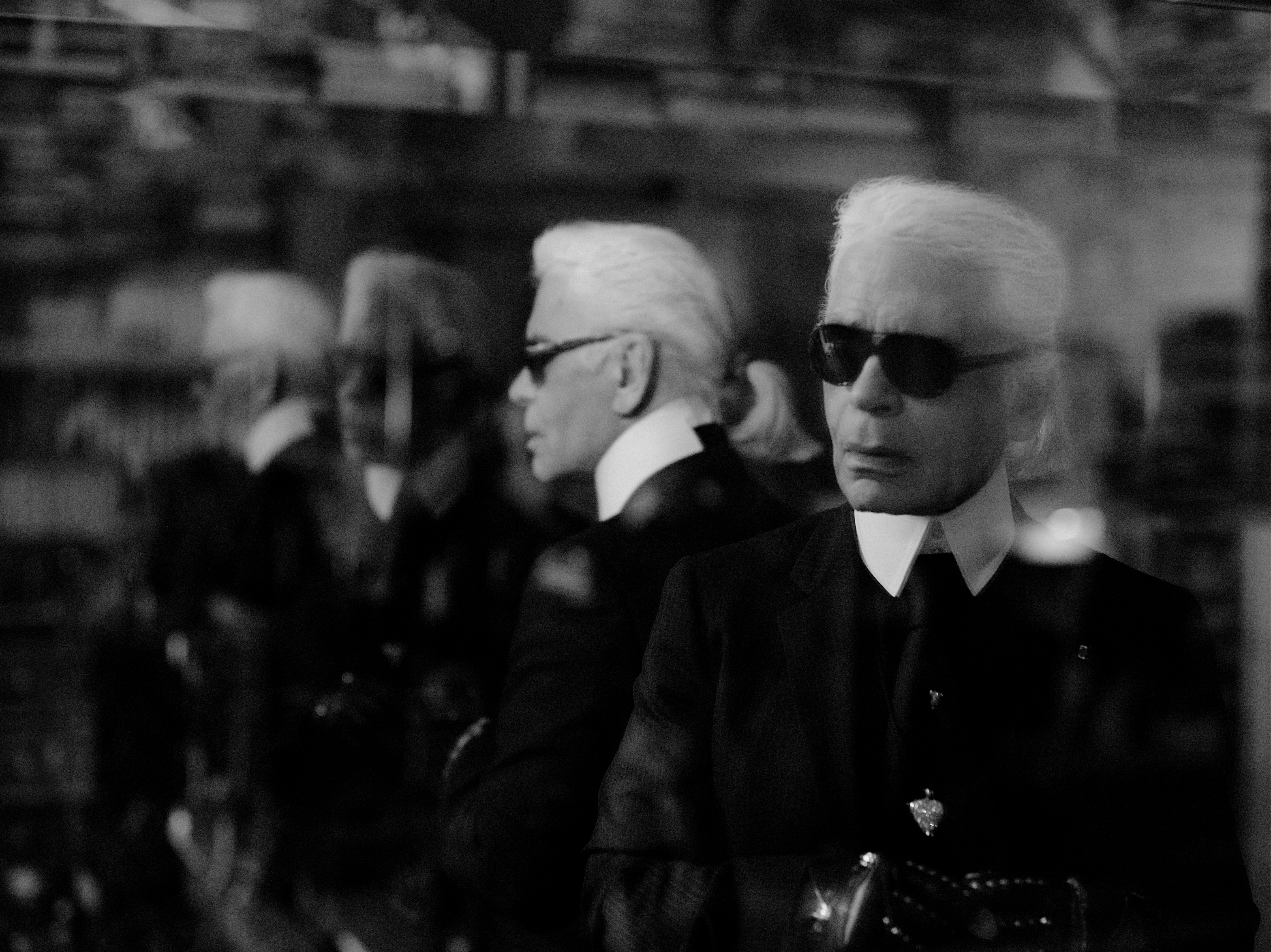
Condolences for the loss of Karl Lagerfeld have poured in and prominent among the avalanche of celebrated personalities in the sector who have expressed their grief and praised the genius of the Kaiser are the statements put out by the three companies for which he worked right up to his last moments : Fendi and Chanel .”We owe him a lot: his good taste and talent were the most exceptional I’ve ever seen,” declared his friend Bernard Arnault , president and CEO of the luxury empire LVMH. “I will always remember his immense imagination, his ability to conceive new trends, his inexhaustible energy, the virtuosity of his drawings , his carefully guarded independence, his encyclopedic culture and his unique humour and eloquence.” For its part , via a statement Chanel has also expressed grief for the loss, praising the figure of Karl as key to the process of resurrection of the French maison . In the words of Alain Wertheimer, CEO of Chanel…. “thanks to his creative genius, generosity and exceptional intuition, Karl Lagerfeld was ahead of his time, which greatly contributed to the success of Chanel throughout the world . ” Karl also headed the company with his own name. Pier Paolo Righi, CEO of Karl Lagerfeld stated… “the world has lost an icon. Karl Lagerfeld was a creative genius, influential, inventive, strong and passionate. He leaves behind an extraordinary legacy as one of the great designers of our time. “
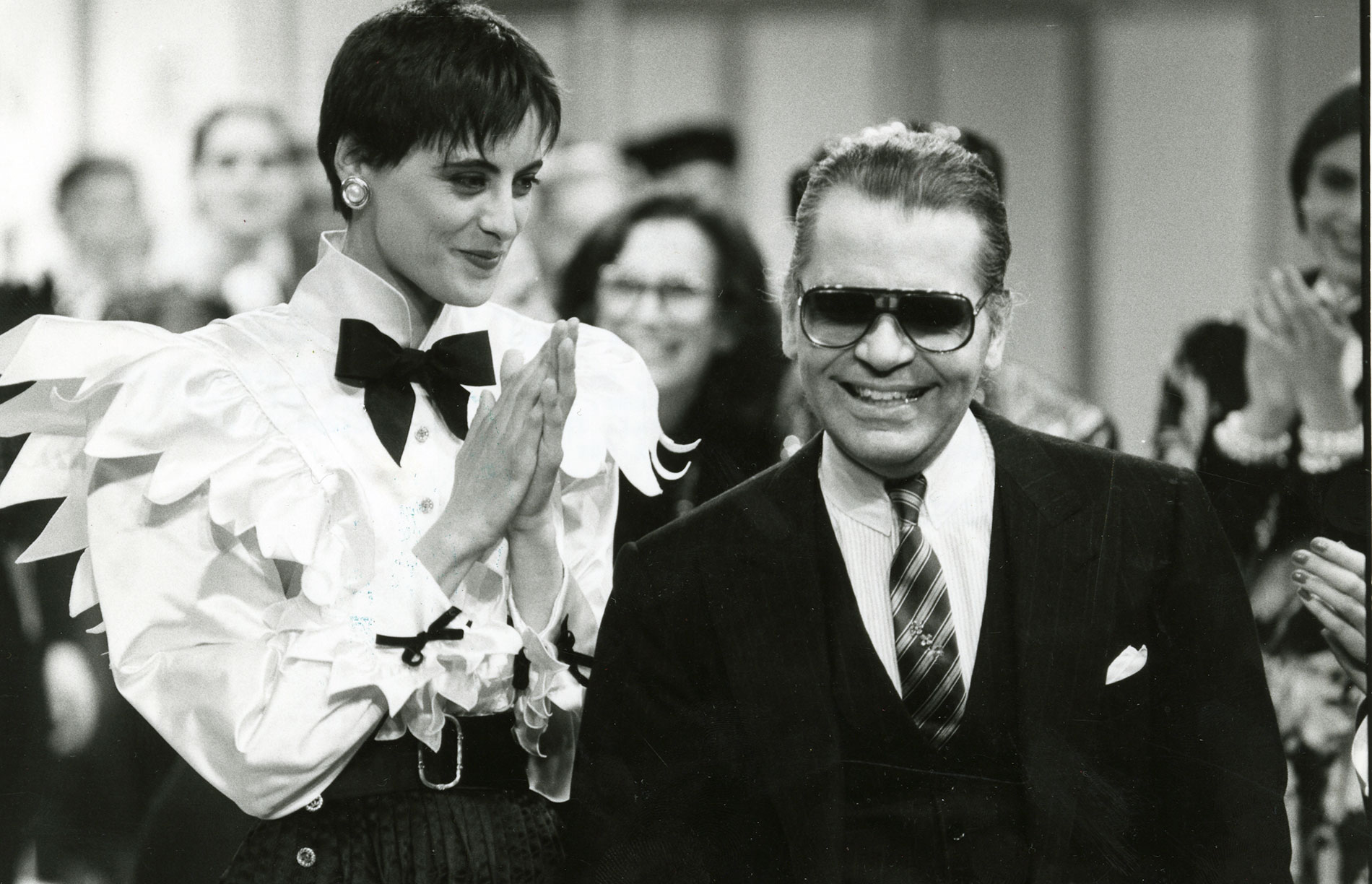
The man who resurrected Chanel
With his extensive and prolific career, the versatile Karl Lagerfeld , the Kaiser has gone down in history as the artistic director who managed to resurrect a company that was considered antiquated. Yes, we are talking about Chanel , a business that 36 years ago was in decline. “We have lost an extraordinary creative mind to whom I gave carte blanche at the beginning of the 80s to reinvent the brand,” Chanel president Alain Wertheimer recalled in the same statement. Thus Karl inherited the creativity of Gabrielle’s empire in January 1983 and with it the most difficult thing: he managed to modernize the classics of the famous maison without losing its essence: the tweed ensembles, the black dresses, the iconic handbags, the pearls, the two- coloured shoes , the camelias … Everything that happened under the lens of Karl received a new re-focus in accordance with the clientèle and the needs of each era. This positioned Chanel again as a global and transversal business model that marked the foundations of the current luxury industry.
His work had no end and the rhythms were tachycardic. Lagerfeld created 10 annual collections for the French house and another two for the Italian Fendi. Now the artistic direction falls to Virginie Viard , his right hand. Viard worked hand in hand with the Kaiser for more than 30 years and in the same statement Chanel commissioned her ” to continue the legacy of Gabrielle and Karl. “
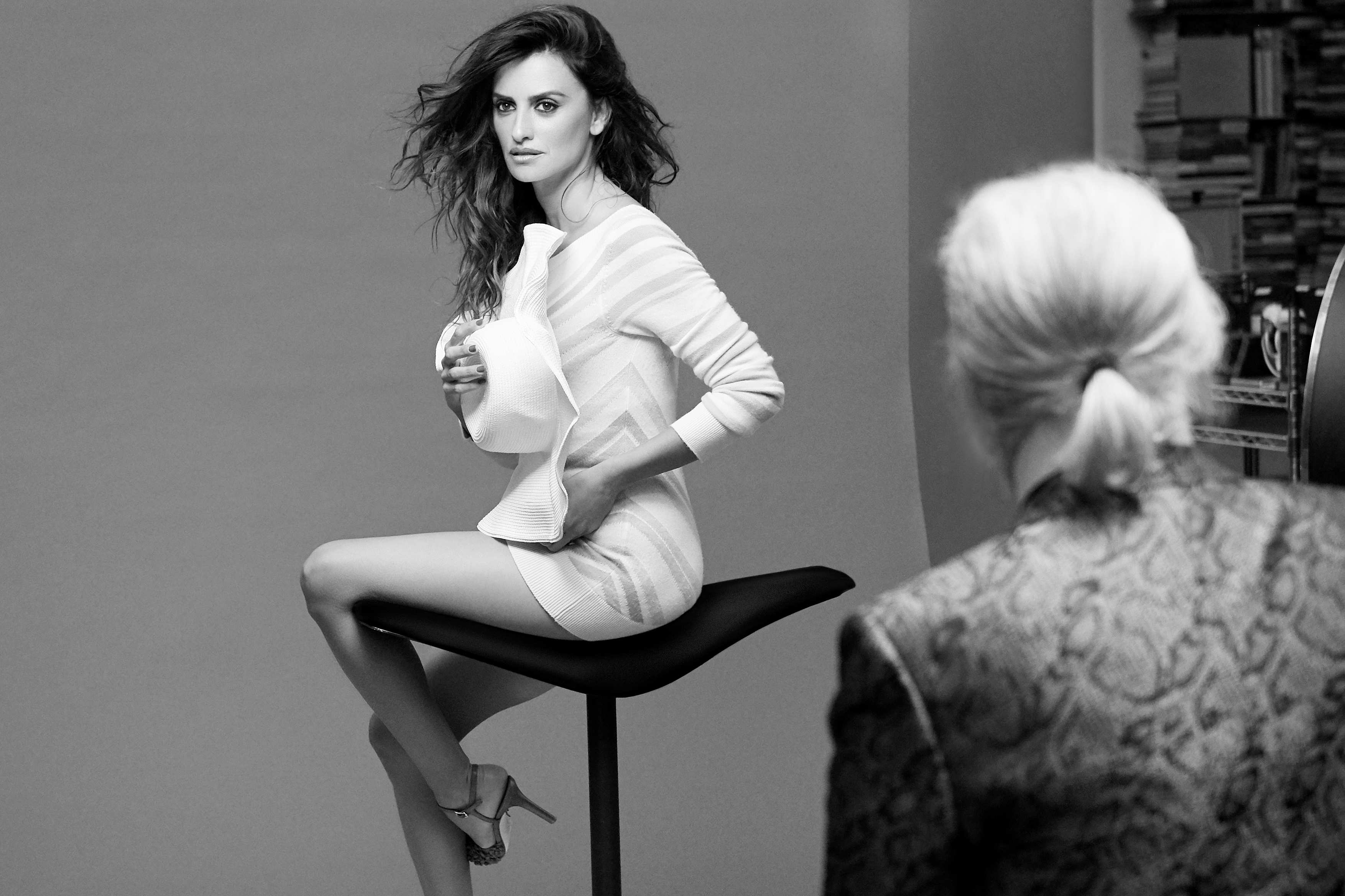
Nothing by halves
Karl Lagerfeld never left anyone indifferent. Neither by ethics nor by aesthetics. He was not a man who did things by halves. His style was his arms and exterior armour : always dressed in black, spotless white shirt , hair with short ponytail , dozens of rings, mittens and his unmistakable sunglasses. “I’m a caricature of myself, and I like it. For me, the carnival in Venice lasts all year, “he said. Nor did his controversial judgments pass unnoticed, a real “ kick in the teeth ” for those who received them. Decribing the singer Adele as “a little too fat” or controversial phrases like “I hate children”, “The middle class does not have enough class”, “Buy small sizes and eat less food , “ Floral prints are for fat middle-aged women “, ” Be politically correct, but don’t bother other people rest with conversations about being so… were some of these pearls from Lagerfeld .
With regard to successors: To Viard it is already clear that she will succeed on Chanel’s throne, although the question now is whether she will become a transitional designer in the face of the pool of names that are always lurking in this constant ‘Game of Thrones’ of fashion. And as far as inheritance is concerned, Karl was single and without children, although surely his mediatic cat Choupette will inherit some of his fortune. He certainly was bearing her in mind: “ Choupette is like a reserved woman. She has personality. She has lunch and dinner with me at table with her own food and doesn’t touch my food. She doesn’t like eating on the floor. She sleeps on a pillow and even knows how to use an Ipad . “ She knew his most tender and homely side.
Foto portada y making of de la campaña 2019 con Penélope Cruz: Cortesía de Chanel
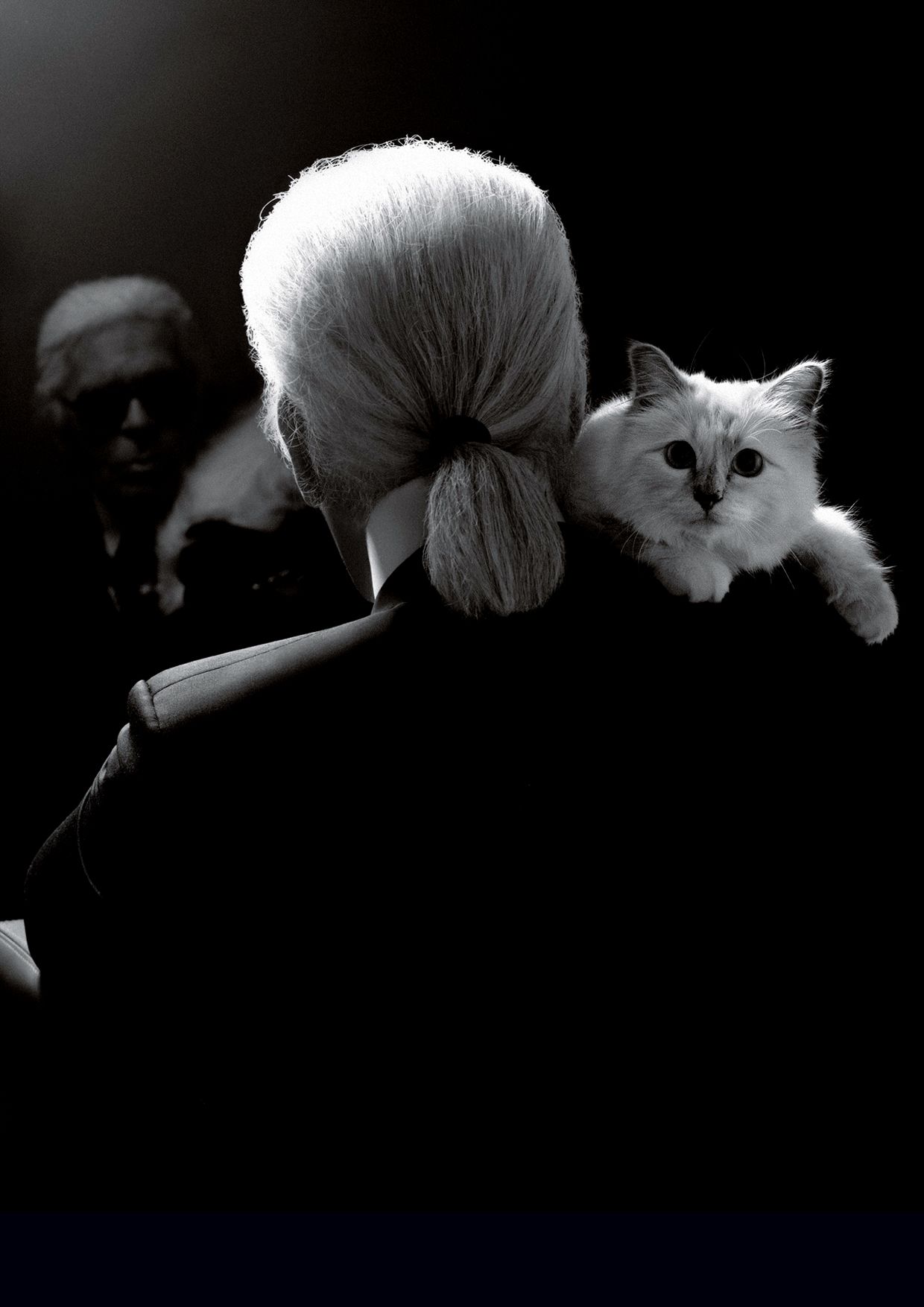
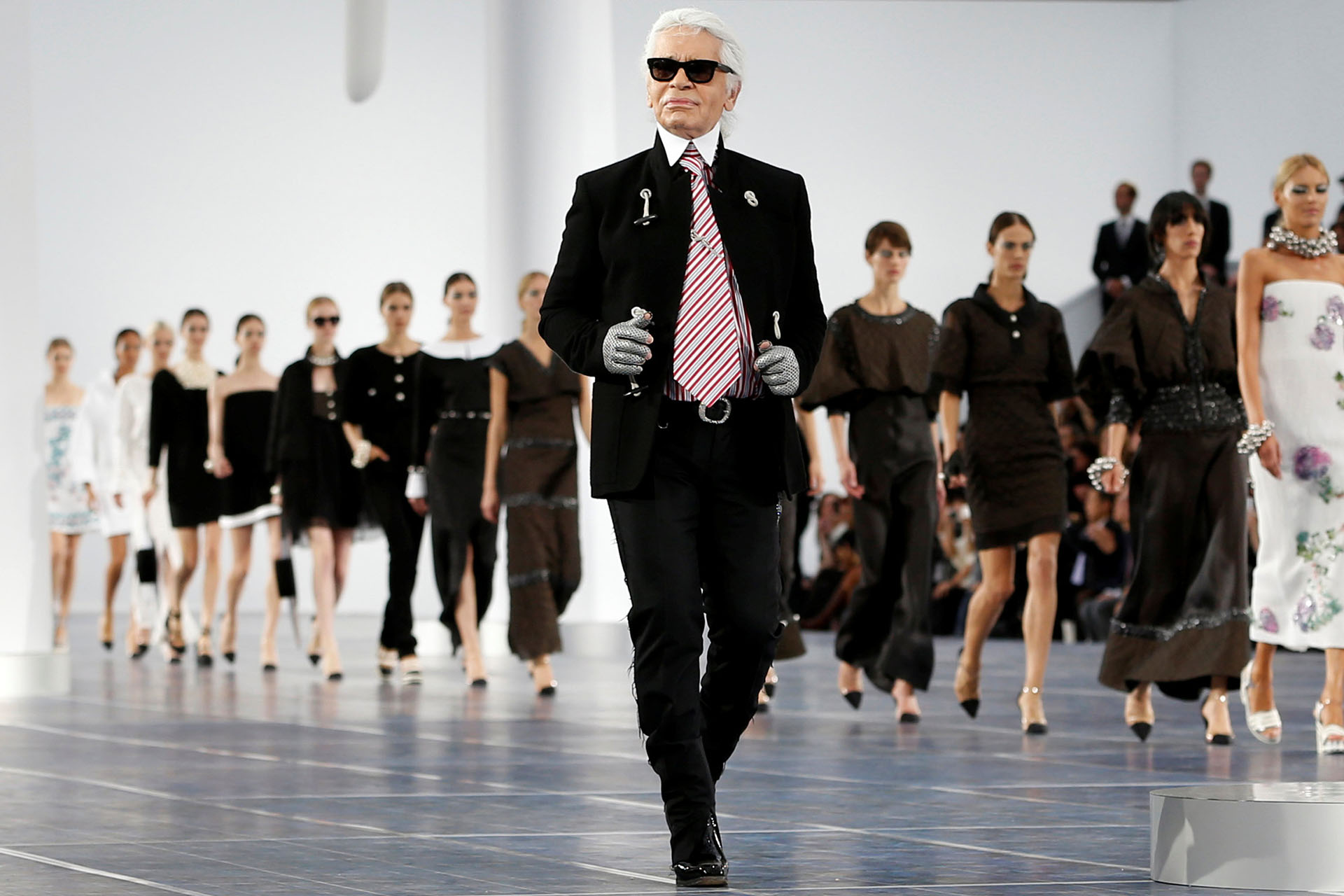
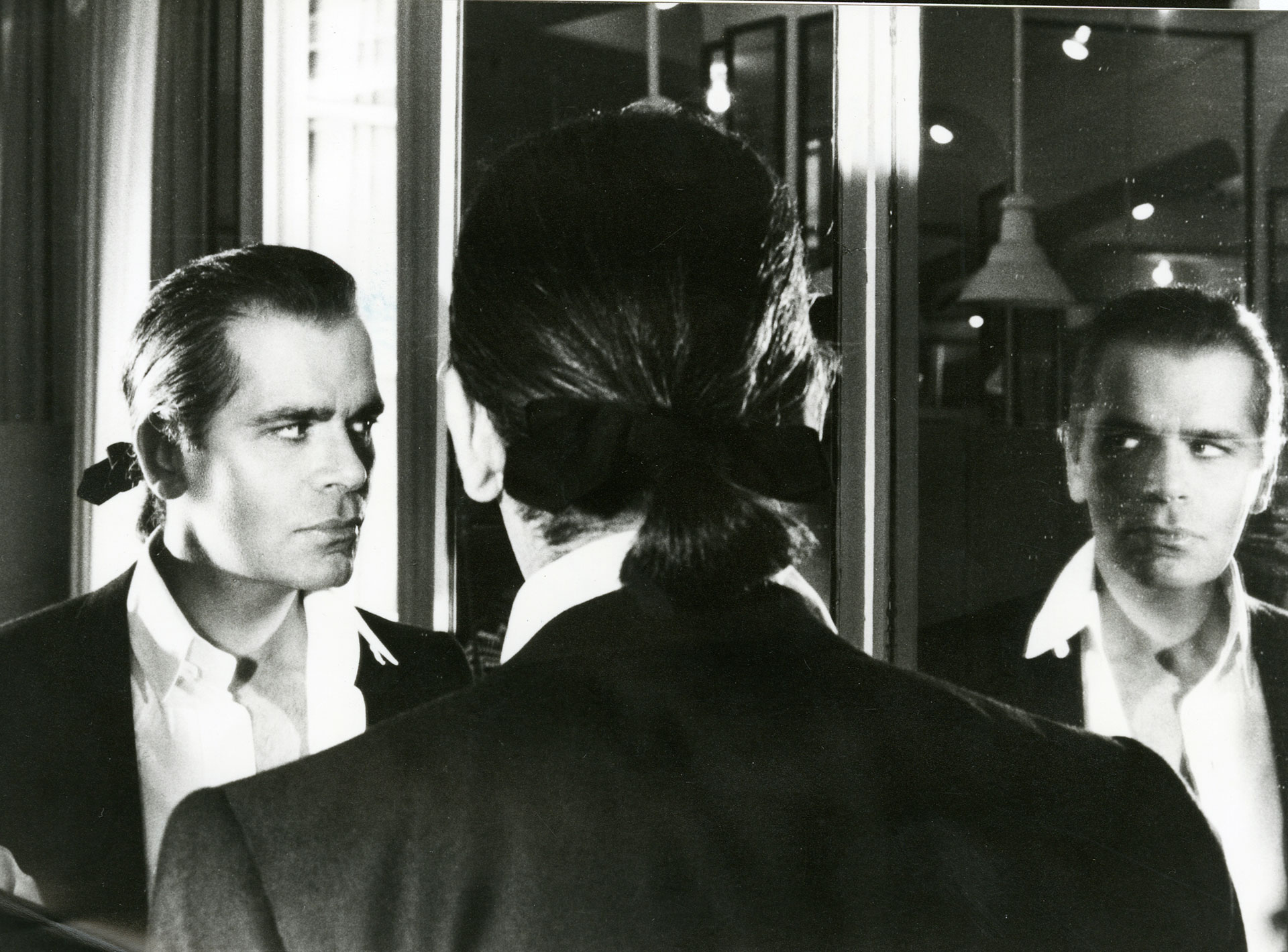
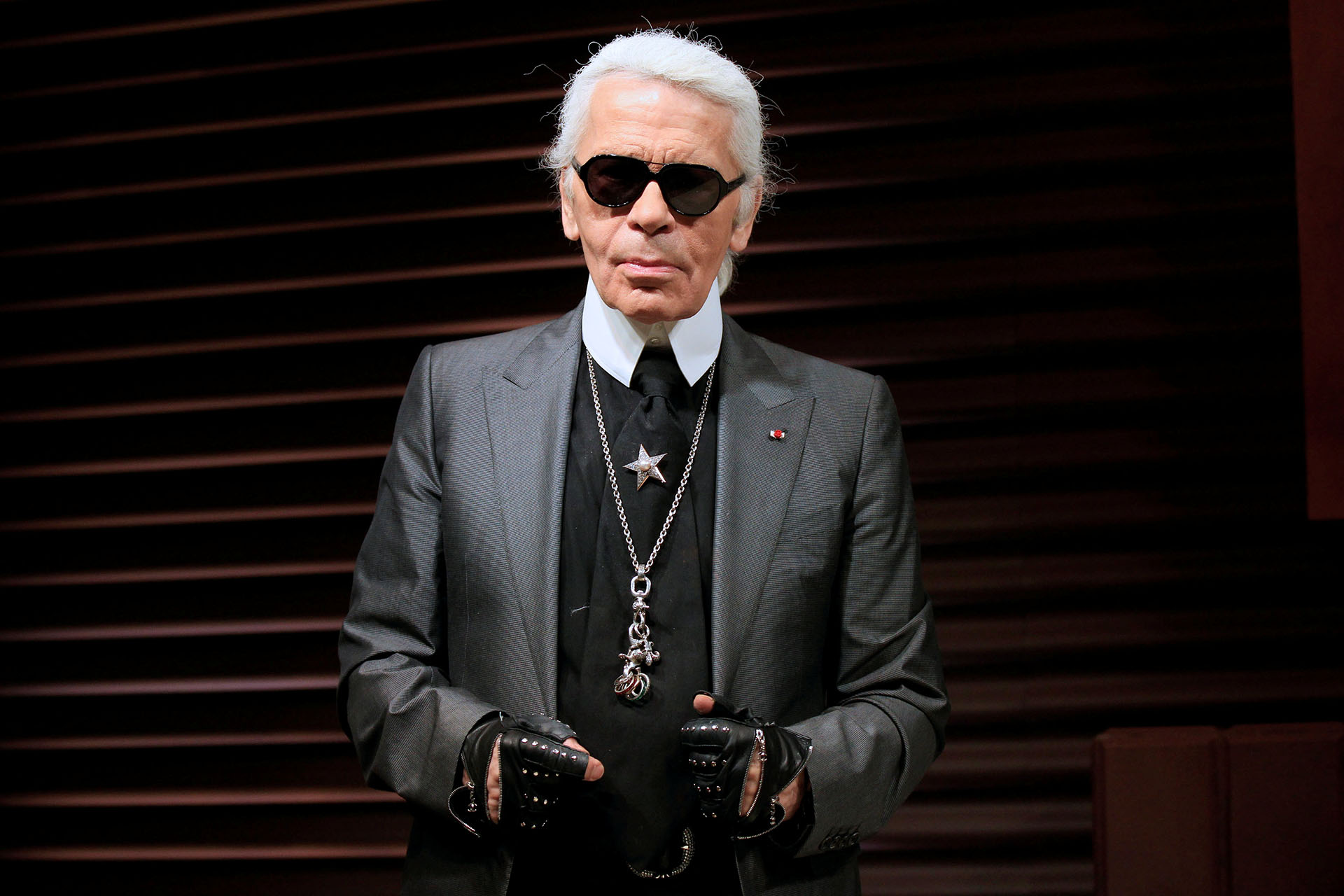
(Español) Gratacós en las pasarelas de Madrid y Barcelona. Otoño-invierno 2019/2020
(Español) El diseñador de los sueños brilla en Londres
(Español) Moda Madrid y Barcelona, lo que está por ver
The art of drawing fashion
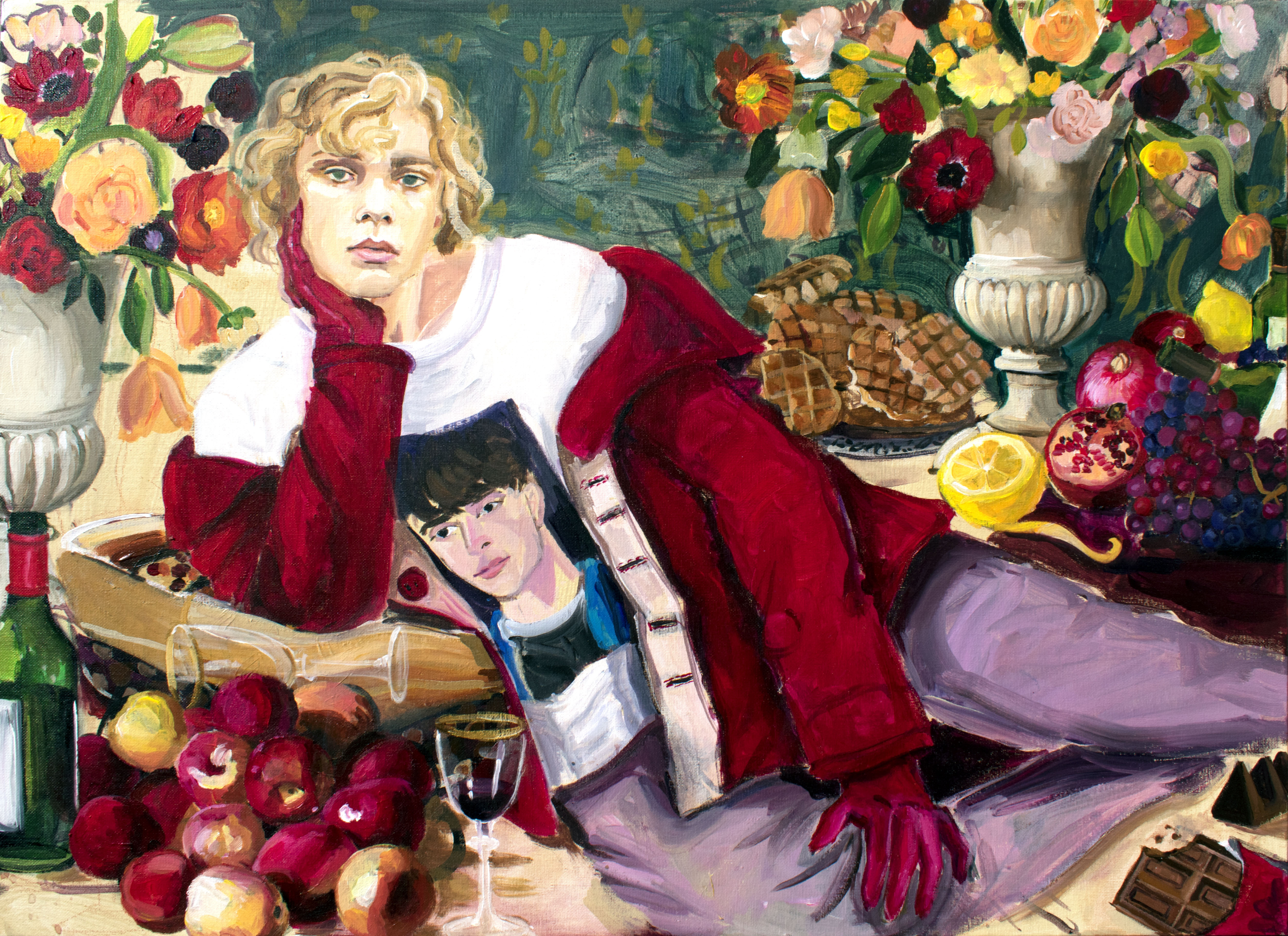
Fashion and illustration have always maintained a very close bond. In fact this alliance is not a new phenomenon. In the last century drawing was used as a vehicle for transmitting trends, shaping the most creative designs in the sector. The illustration creates a visual language that connects with art and provides added values such as originality, authenticity, identity. This discipline is also capable of appealing to consumers, especially young people, who see in the illustration a channel of genuine expression to show a product or a brand.
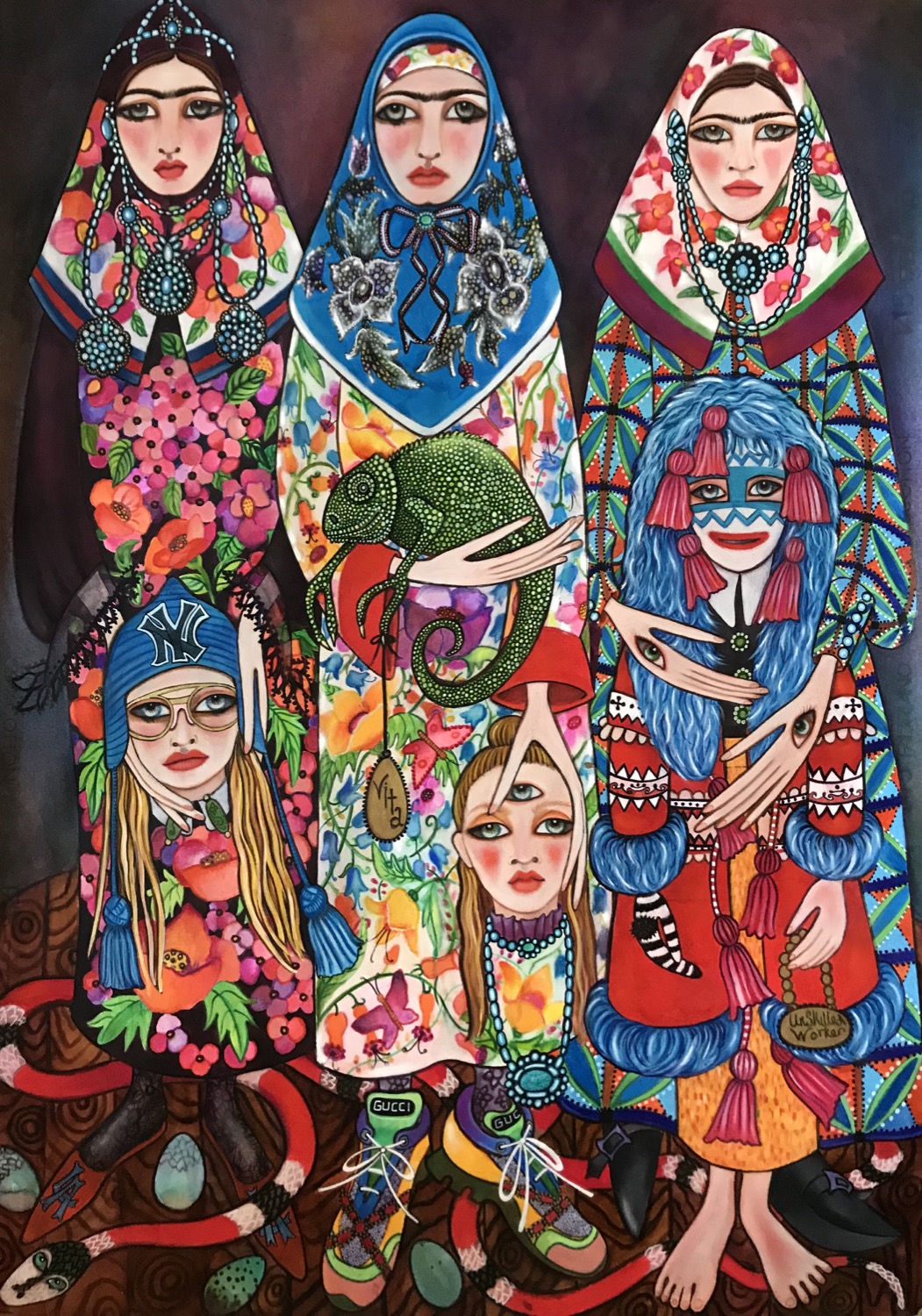
Currently the illustration is undergoing a golden new era with a batch of artists who translate into advertisements, campaigns, collections, lookbooks, fashion magazines … their unique approaches to the rhythm of the business they represent, increasingly innovative supports that manage to create that desired surprise effect. These neo-illustrators become known through social networks (especially on Instagram) as a platform for global dissemination of their work. The well-known digital revolution of individual work where each like makes the work of the artist more universal.
This boom has also led to the fact that, in recent years the line between art and fashion illustration has faded and these creators no longer become described with the adjective “commercial”. Today, many contemporary art collectors are desperately searching for original works by these illustrators, while at the same time specialized art galleries are emerging. It is the moment for claiming fashion illustration as an art form in itself.
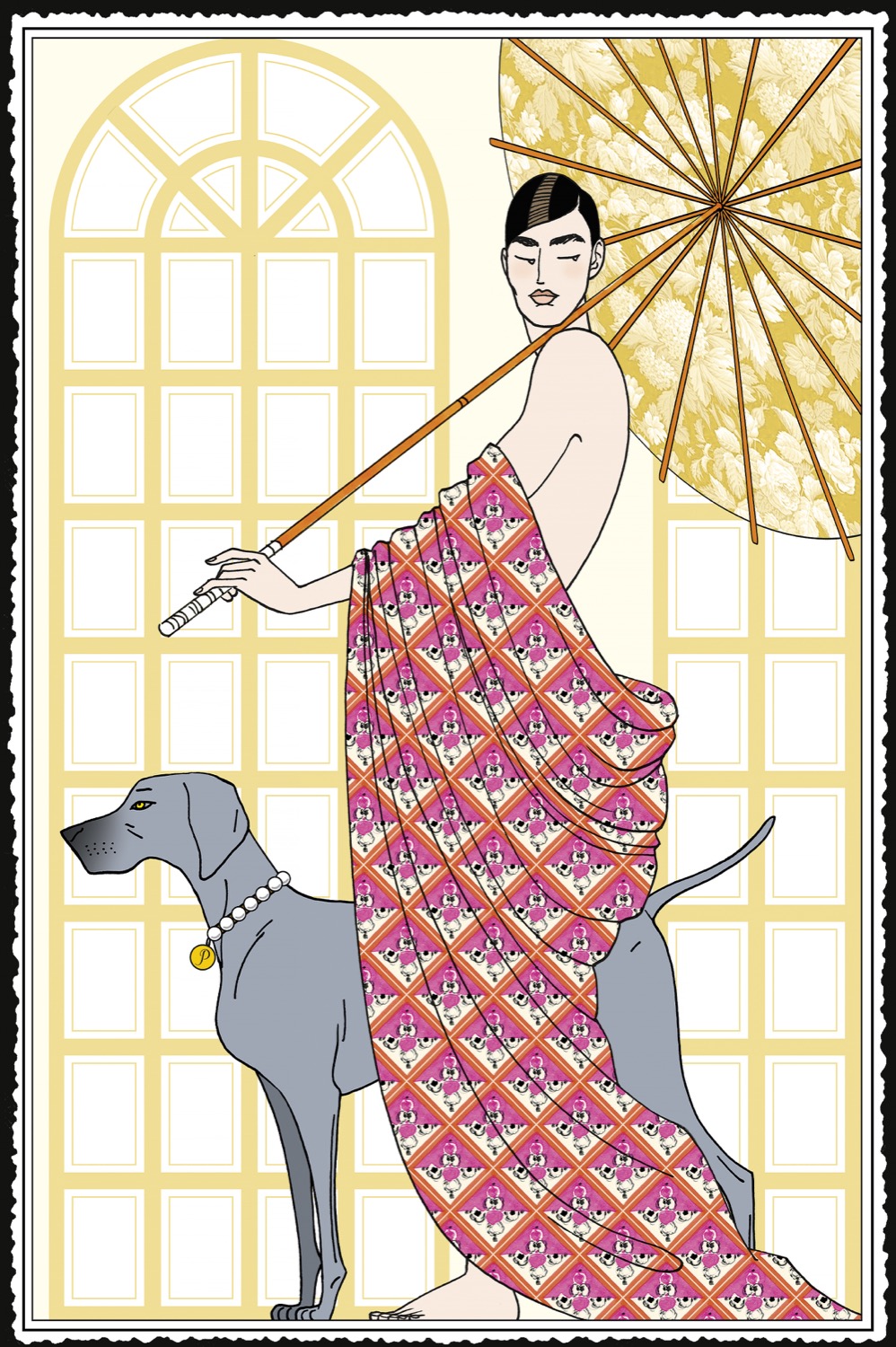
Aware of this new boom and power, the ABC Museum has promoted an exhibition that covers the phenomenon closely. Thus, under the title ‘Fine stamp. Illustration and fashion ‘, the exhibition includes a total of twenty-two artists (national and international, emerging and established) who work with illustration and the catwalk, with more than 150 original works on display. “It is the moment for claiming fashion illustration as an art form in itself, and what better than coinciding with its Second Golden Age and bringing together those creators who have revolutionized the sector in recent decades” said Jesús Cano, curator of the exhibition.
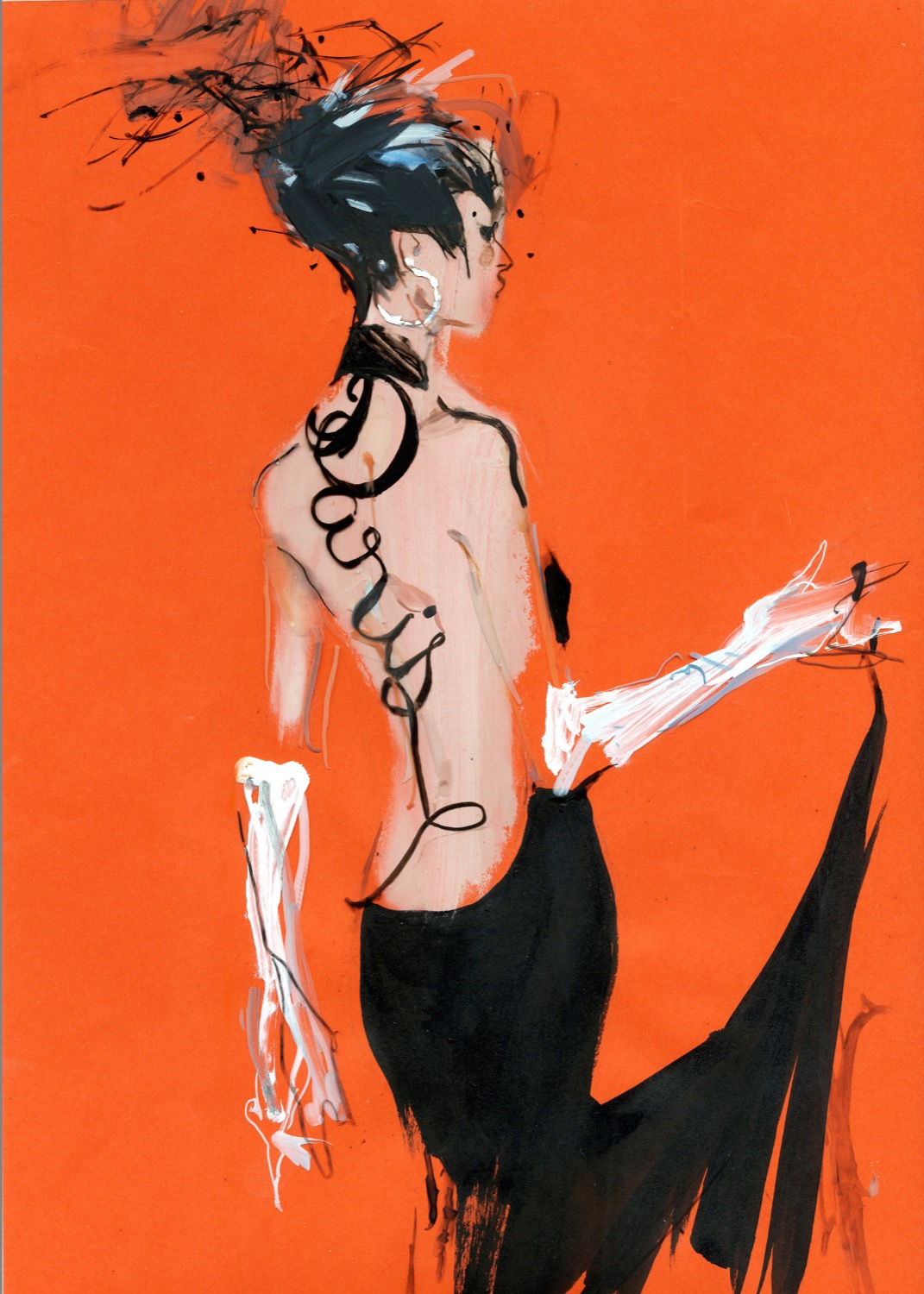
“It’s the moment for claiming fashion illustration as an art form in itself”
The story begins with the companies of maestros such as Mats Gustafson, David Downton, Aurore de la Morinerie, François Berthoud, Jean-Philippe Delhomme, Unskilled Worker, Gill Button, Hiroshi Tanabe, Jason Brooks, Tanya Ling or Jordi Labanda, and which continues with voices like Ricardo Fumanal, Richard Haines, Jowy Maasdamme or Richard Kilroy. More than half of the selected artists are women who are leading the way. Among them we find names such as Blair Breitenstein, Laura Gulshani, Inés Maestre, Hellen Bullock, Amelie Hegardt, Cecilia Carlstedt or Rosie McGuinness.
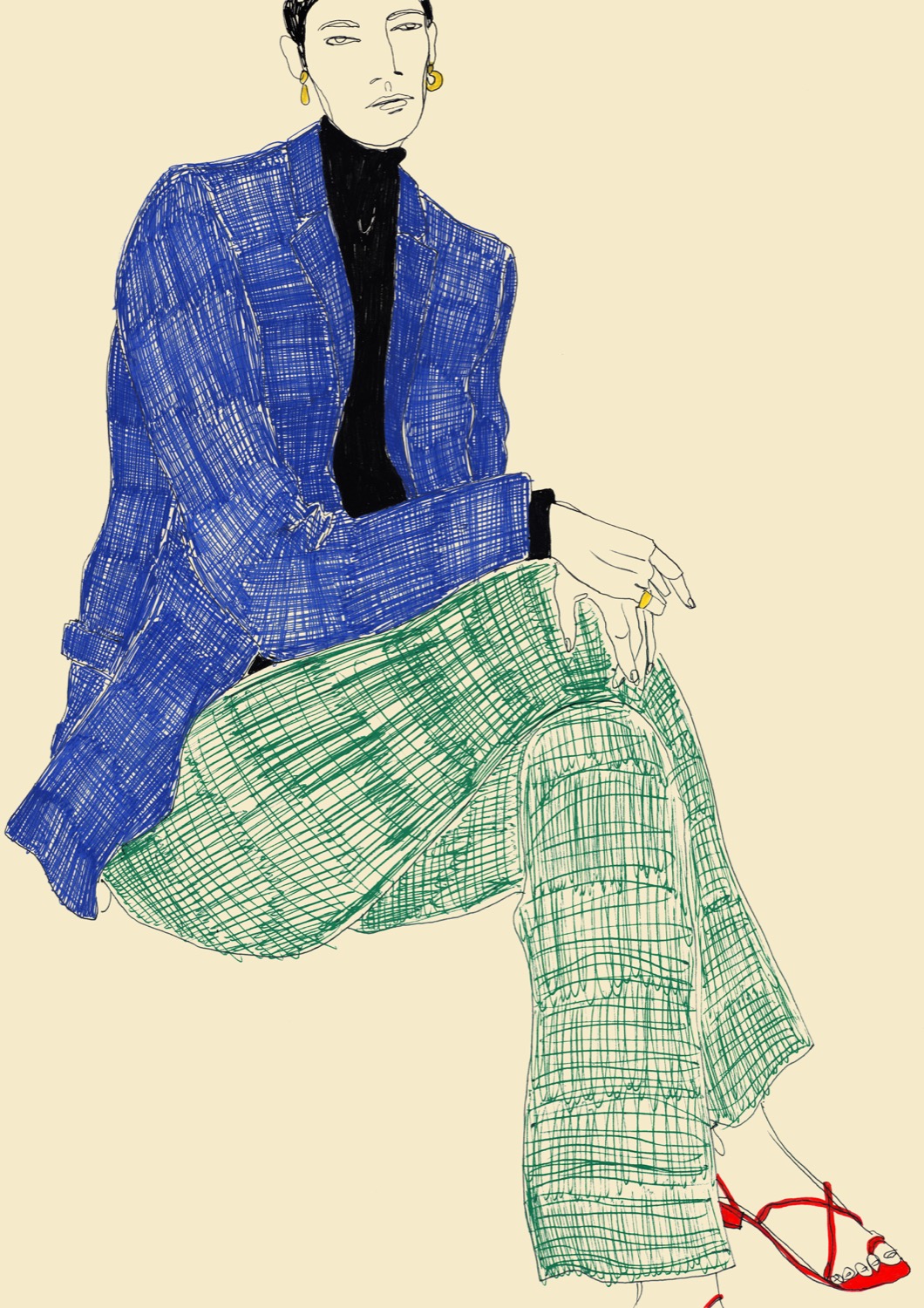
The exhibition #FINAESTAMPA_ aims to synthesize this precise moment through works, aesthetics and techniques that are used in the second decade of the 21st century. It is an X-ray of a subjective and abstract discipline that creates emotions and proximity, where the product stops being something physical to turn into an abstract, appetizing and inspirational entity. The exhibition is also a tribute to the personal story of each illustrator featuring in the exhibition.
#FINAESTAMPA_ can be seen from January 15th to May 19th at the museum’s headquarters and is part of the official programme of the second edition of the Madrid Design Festival.
